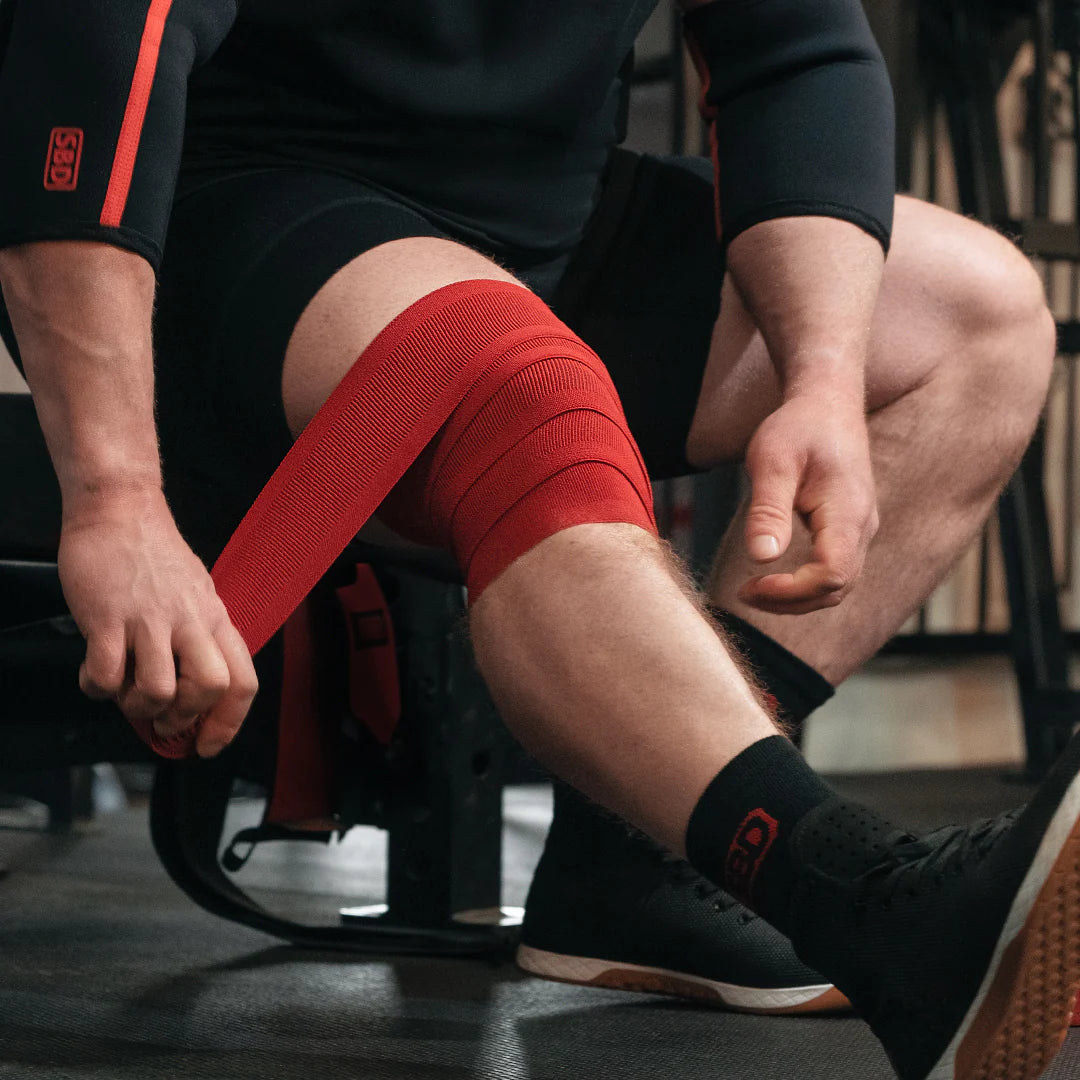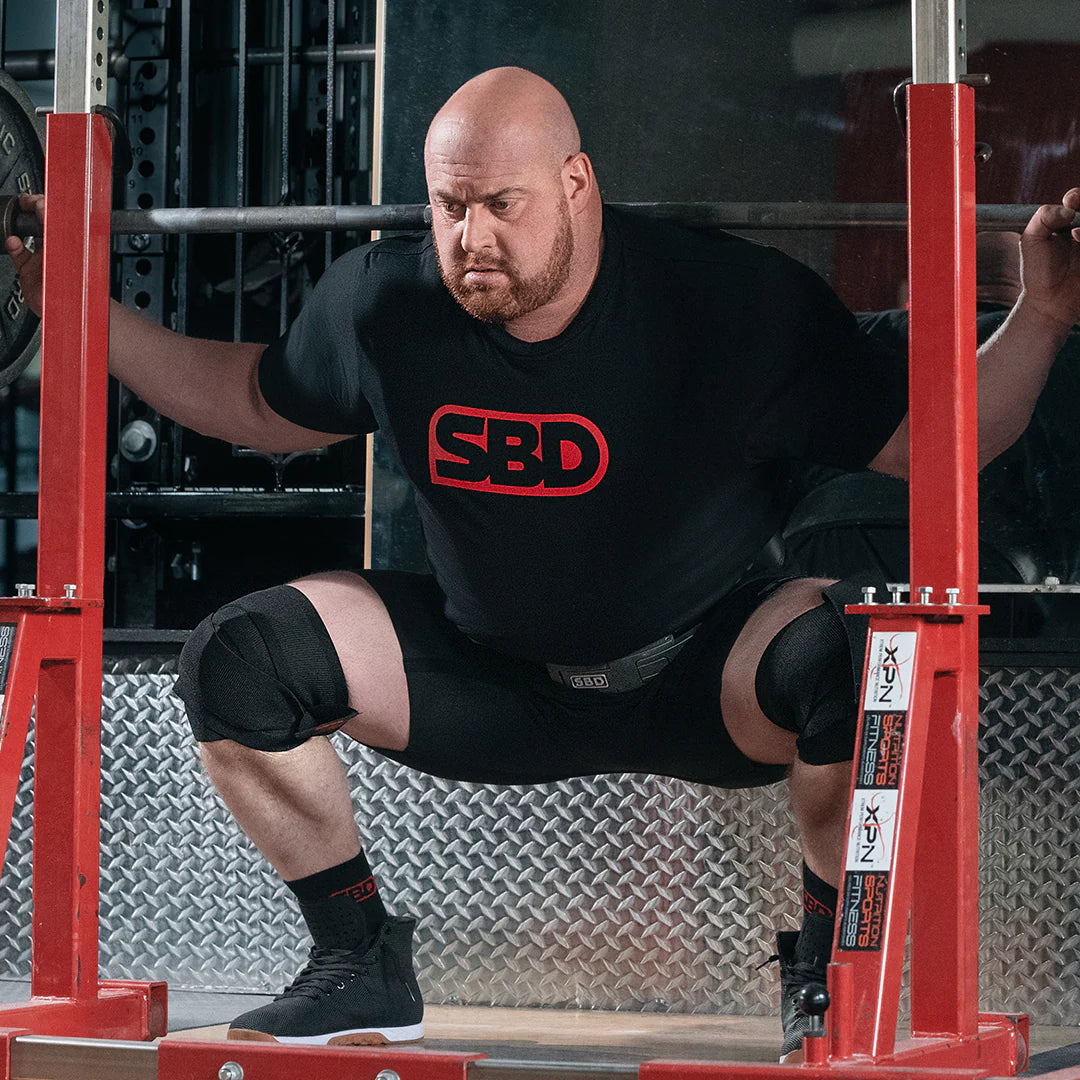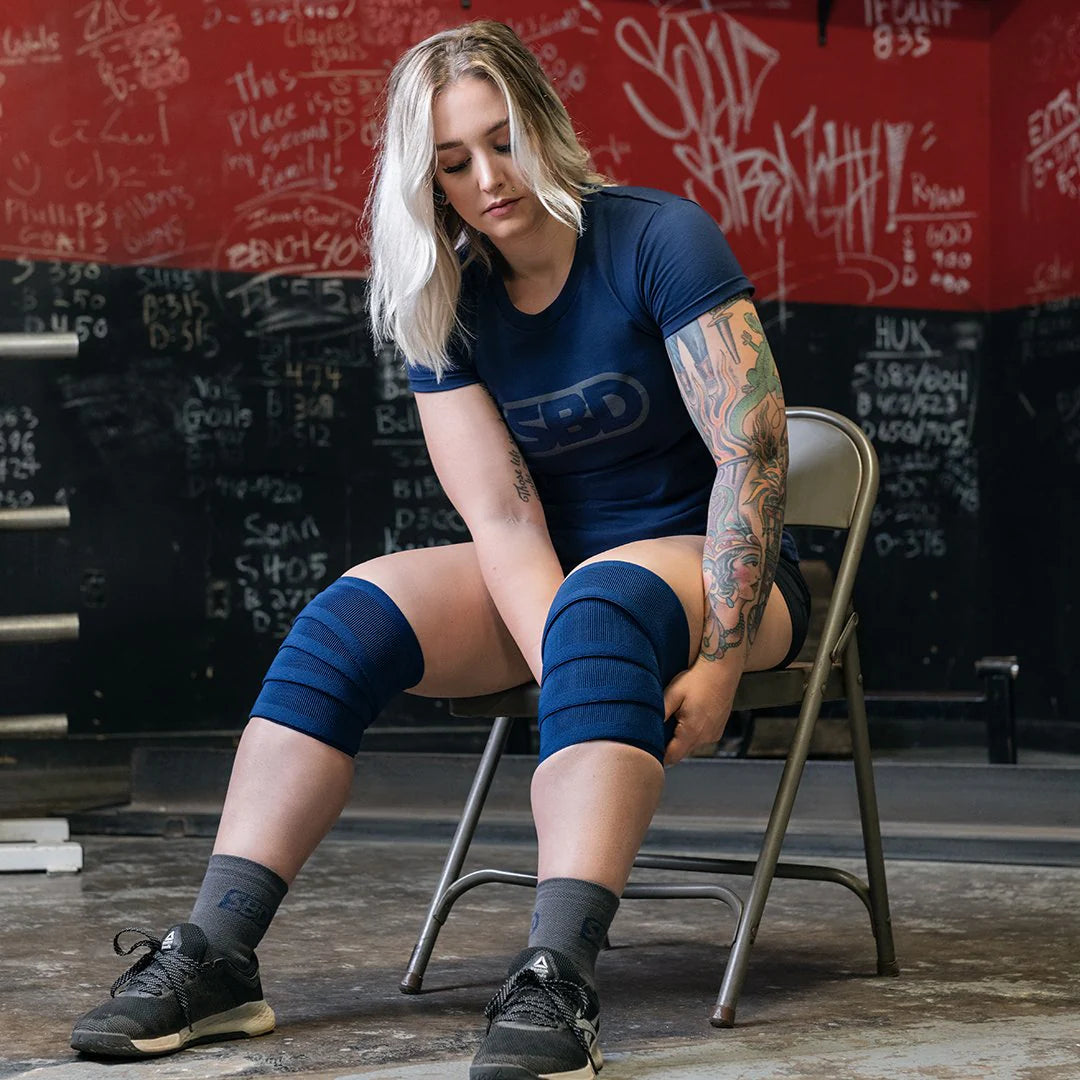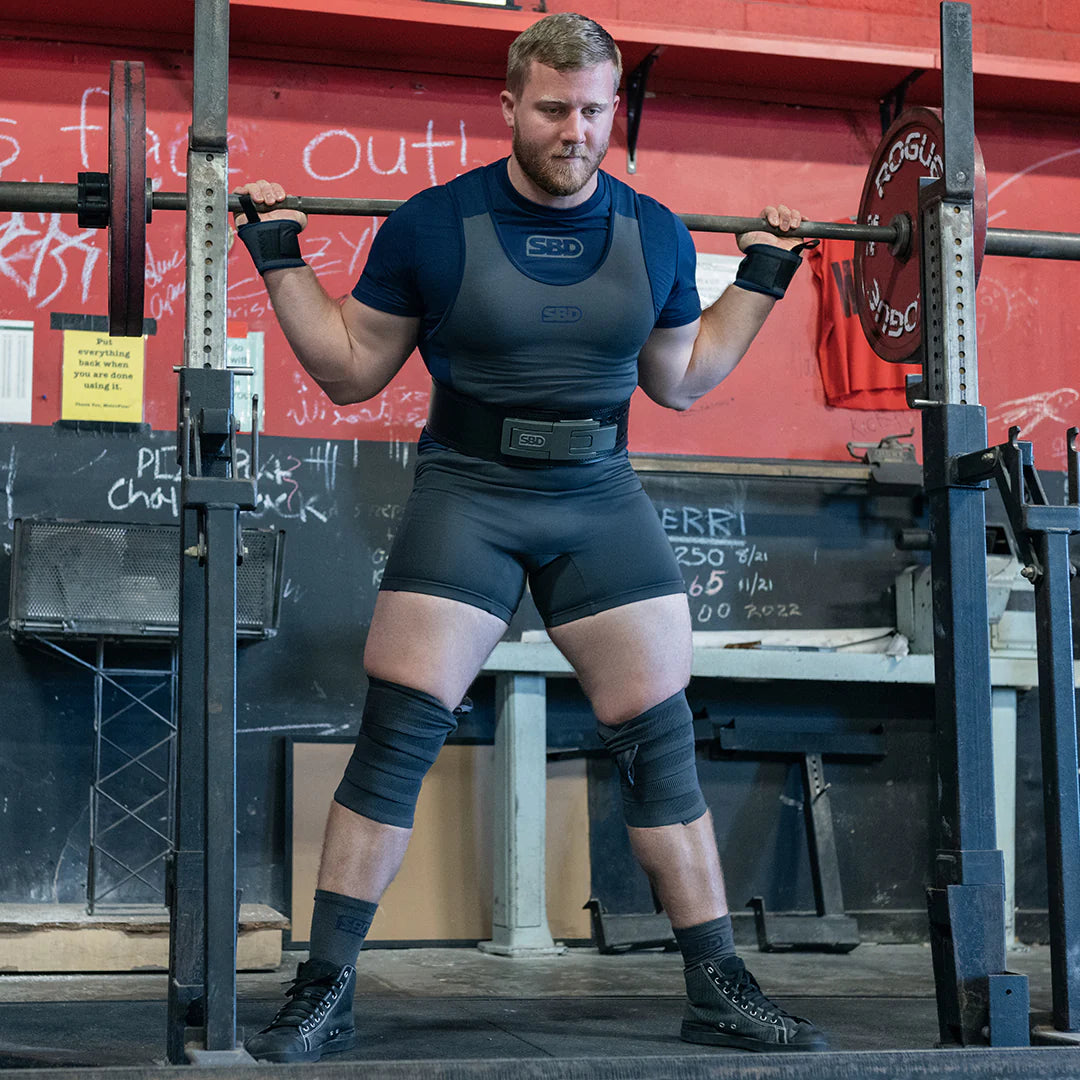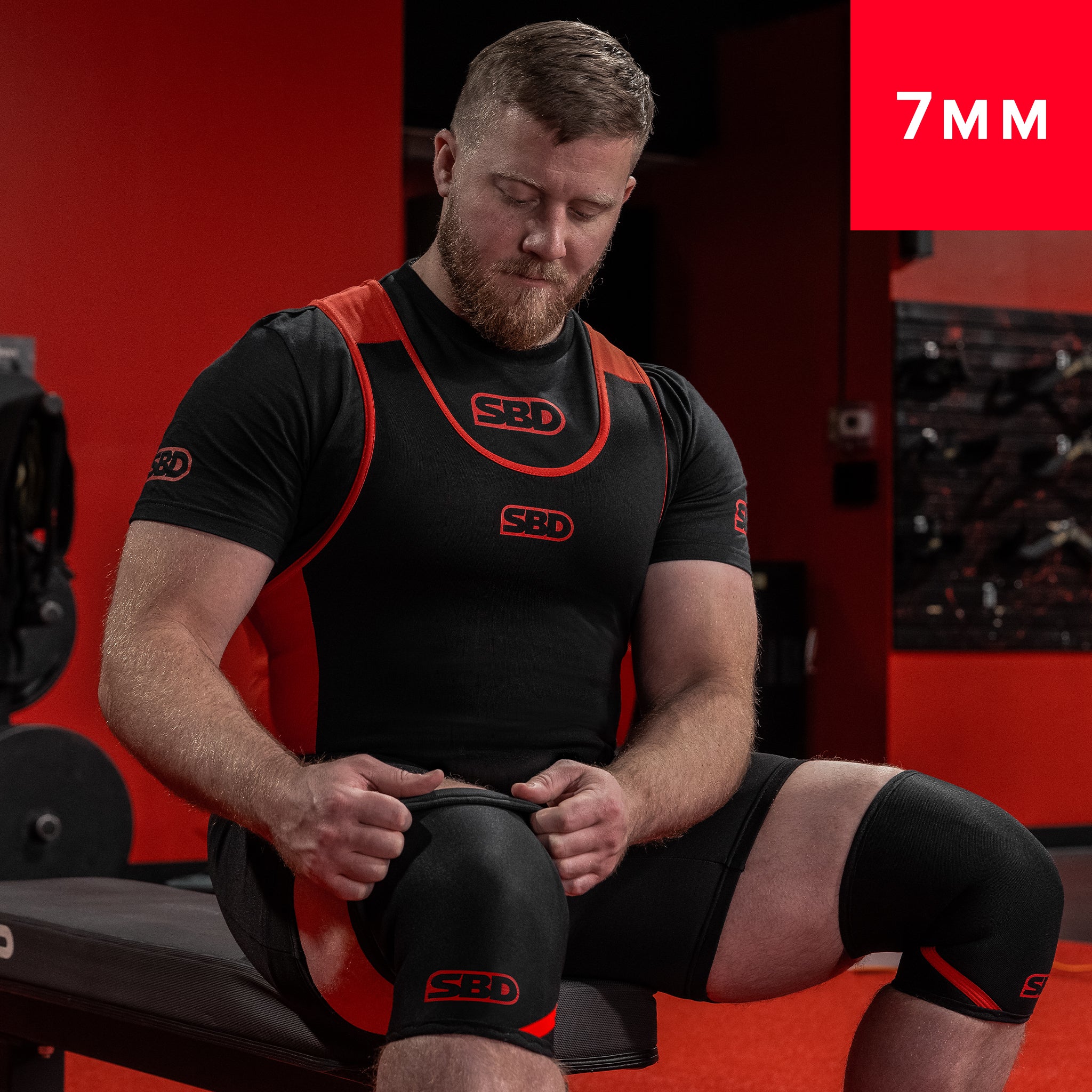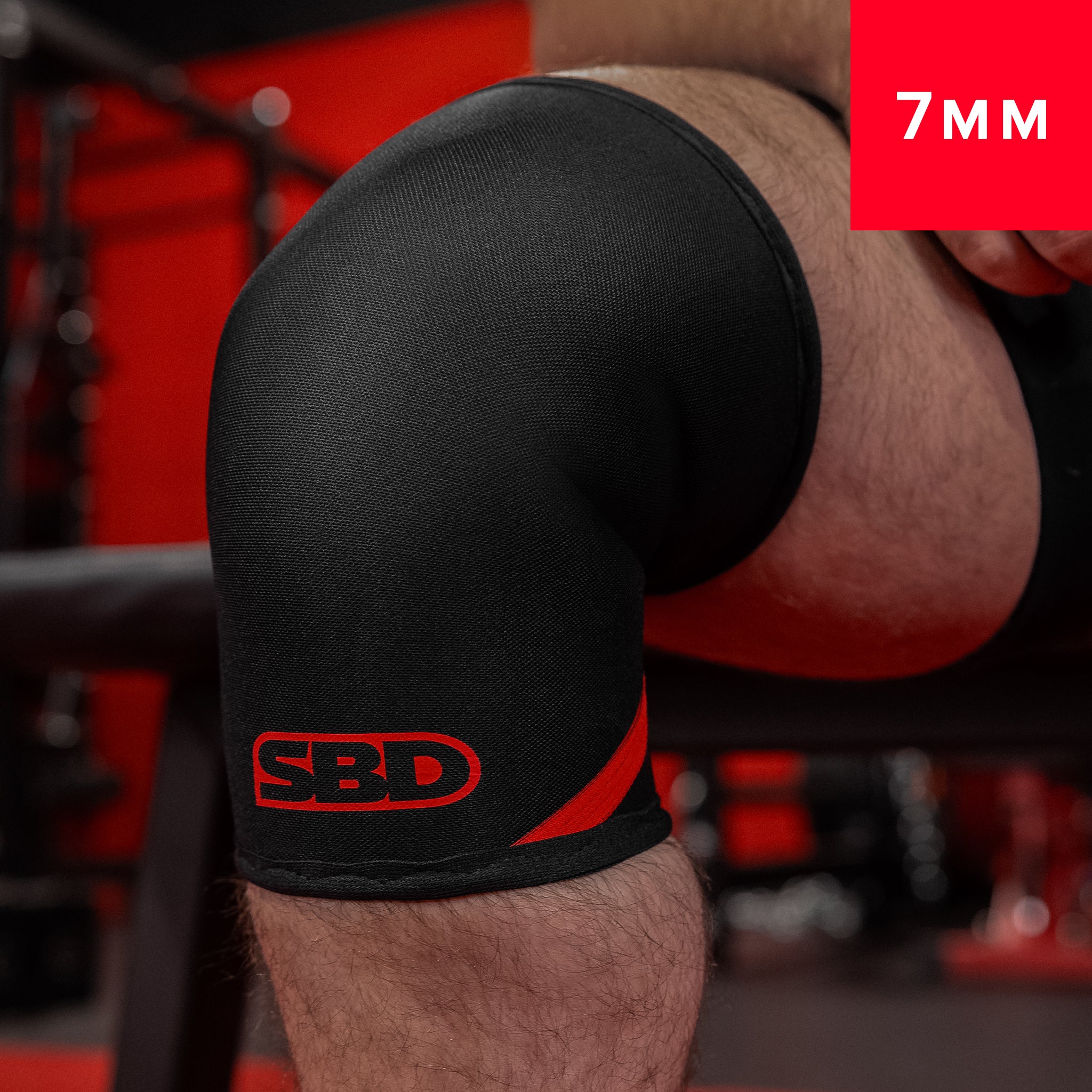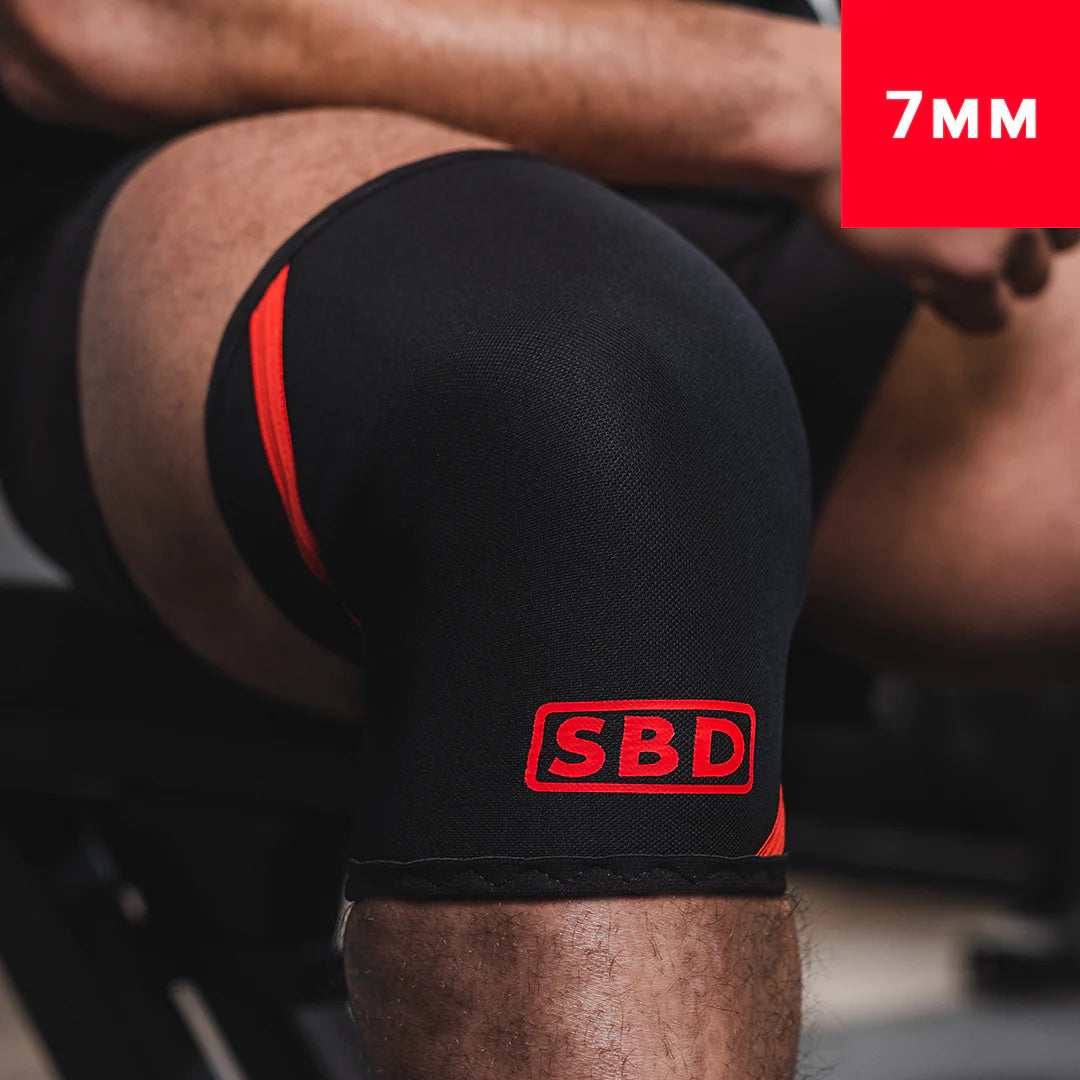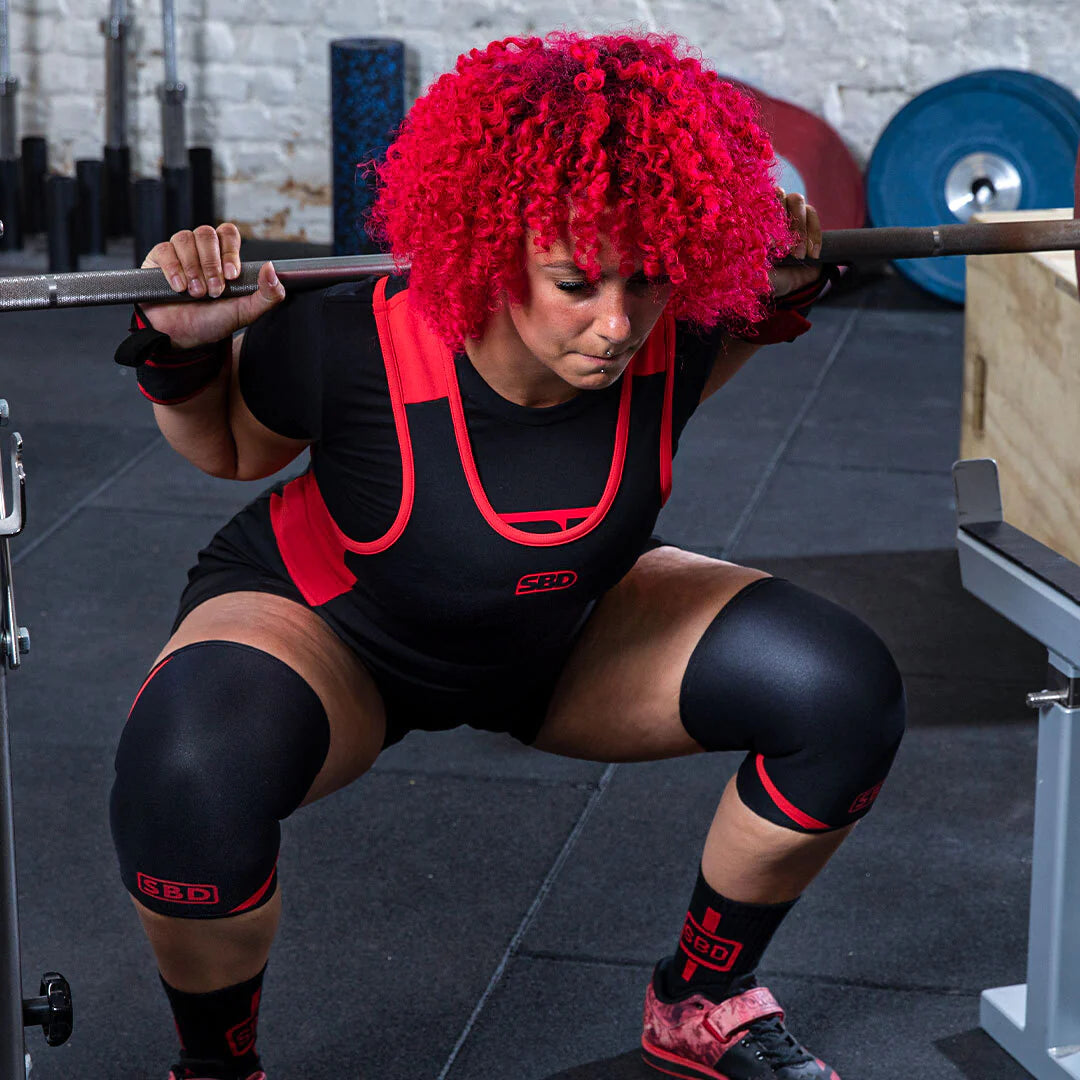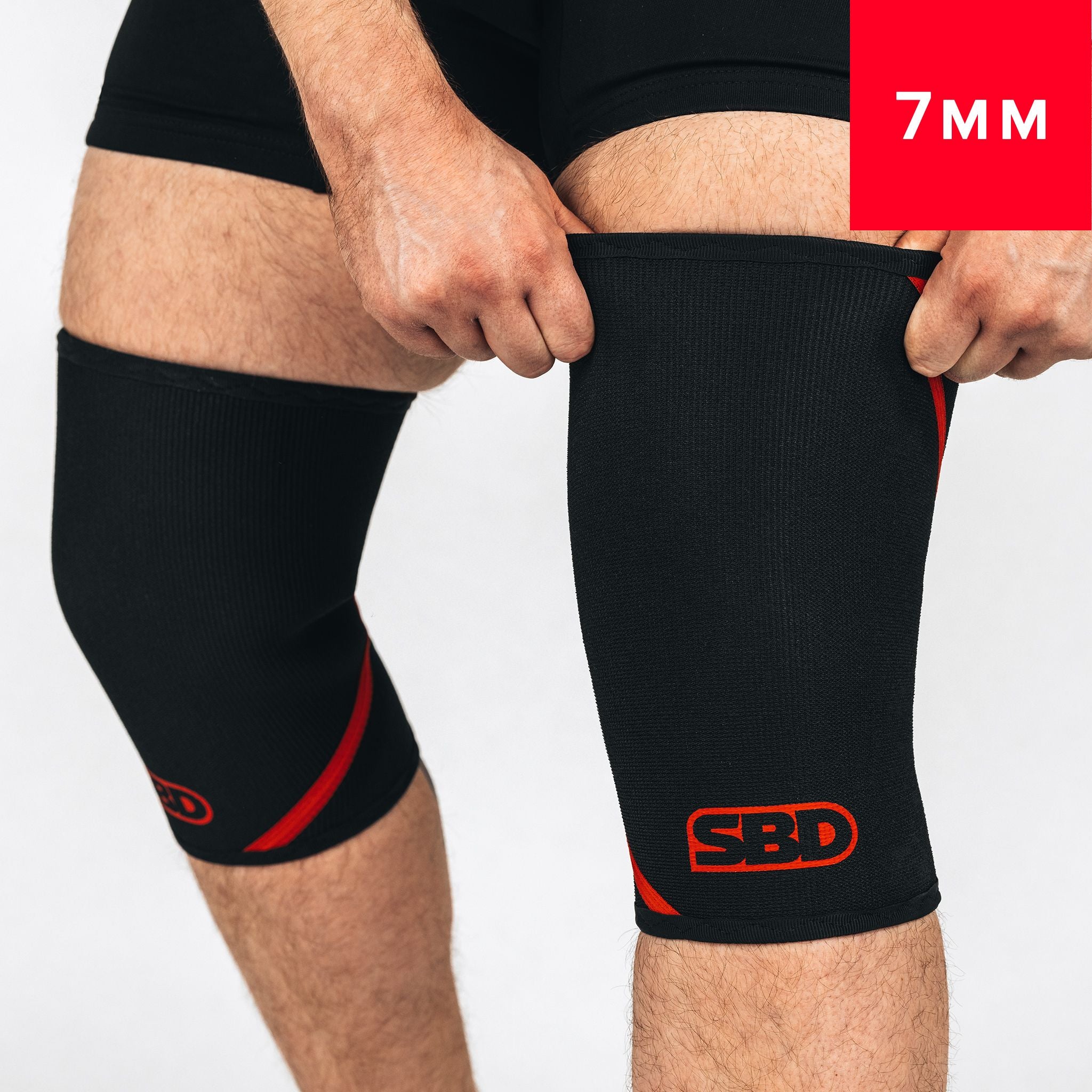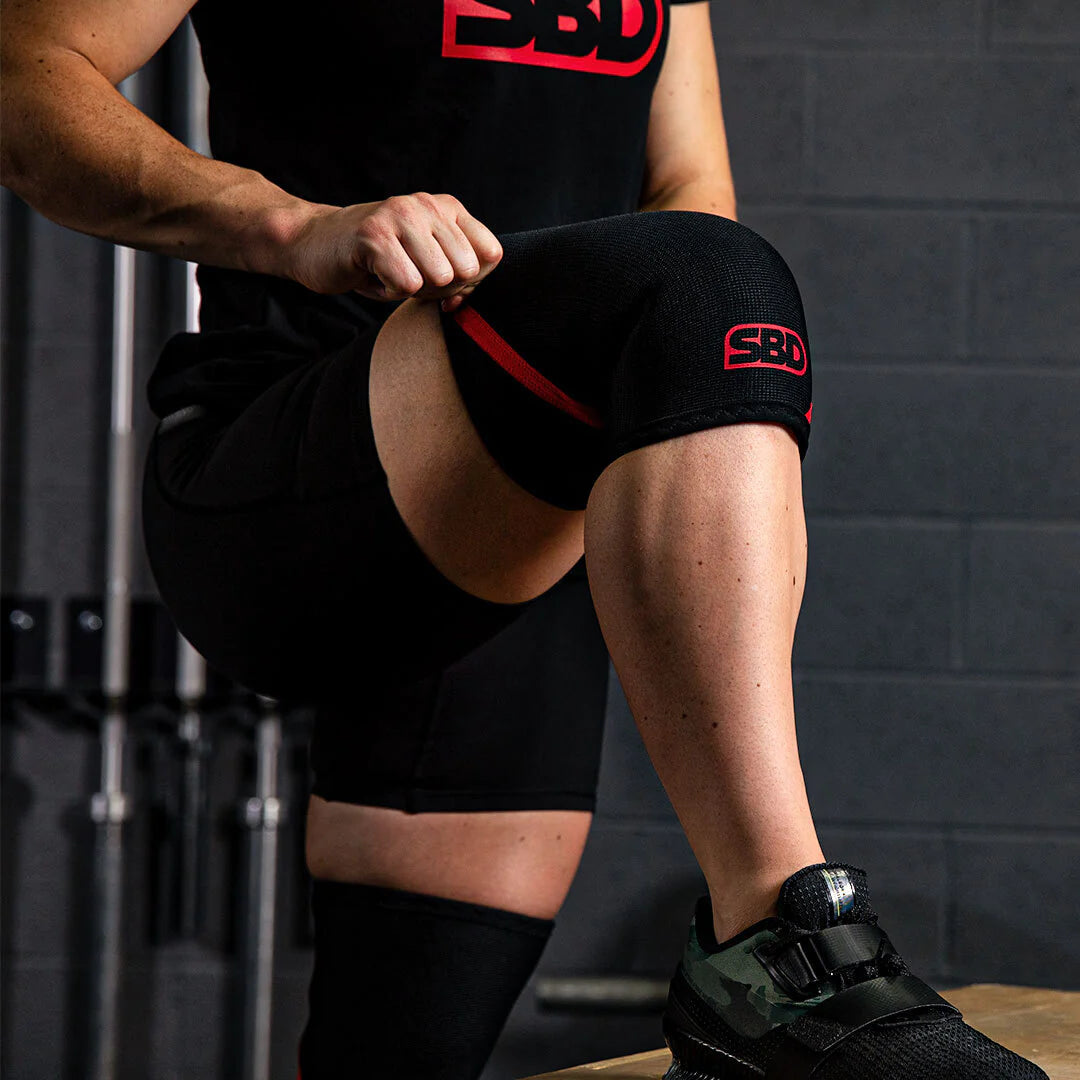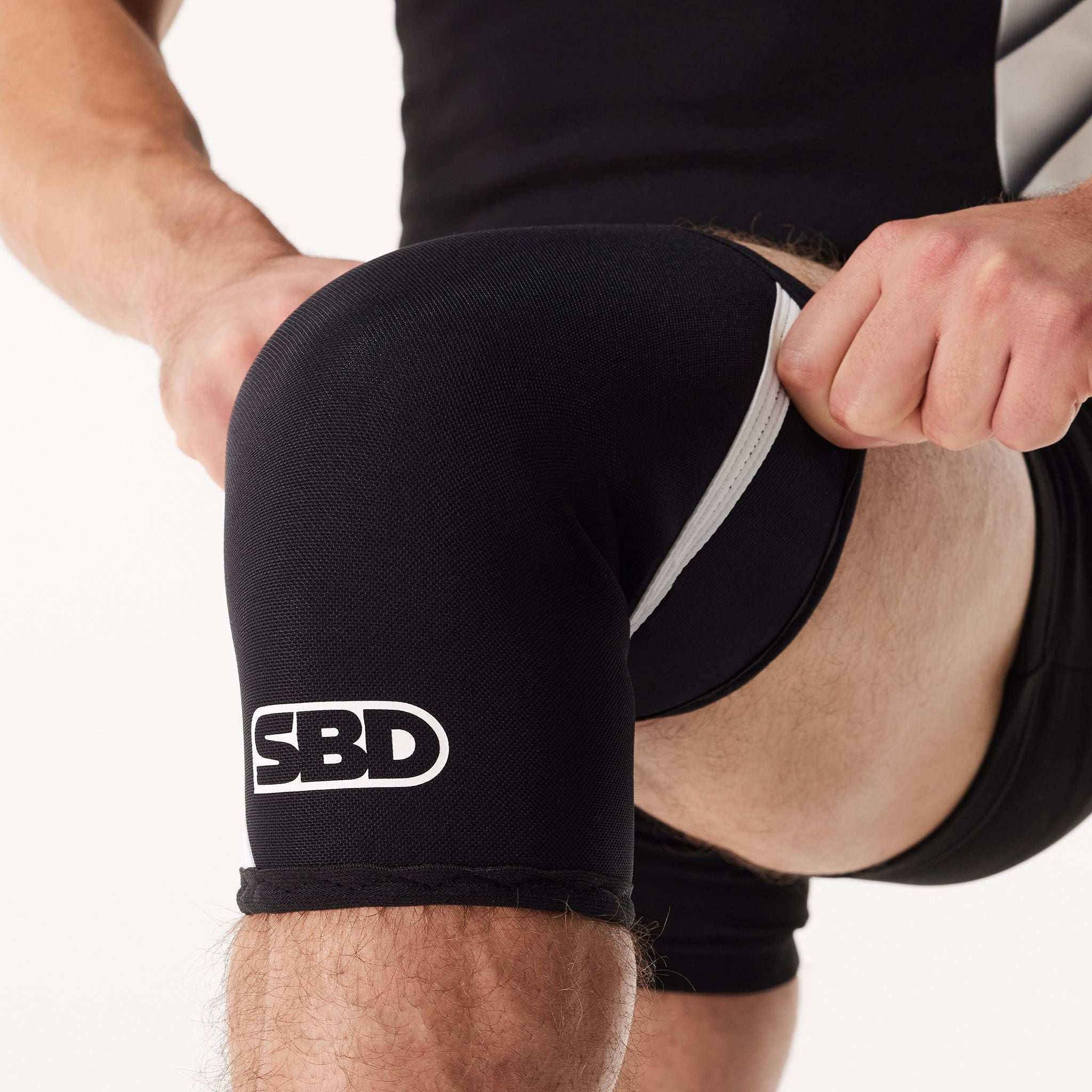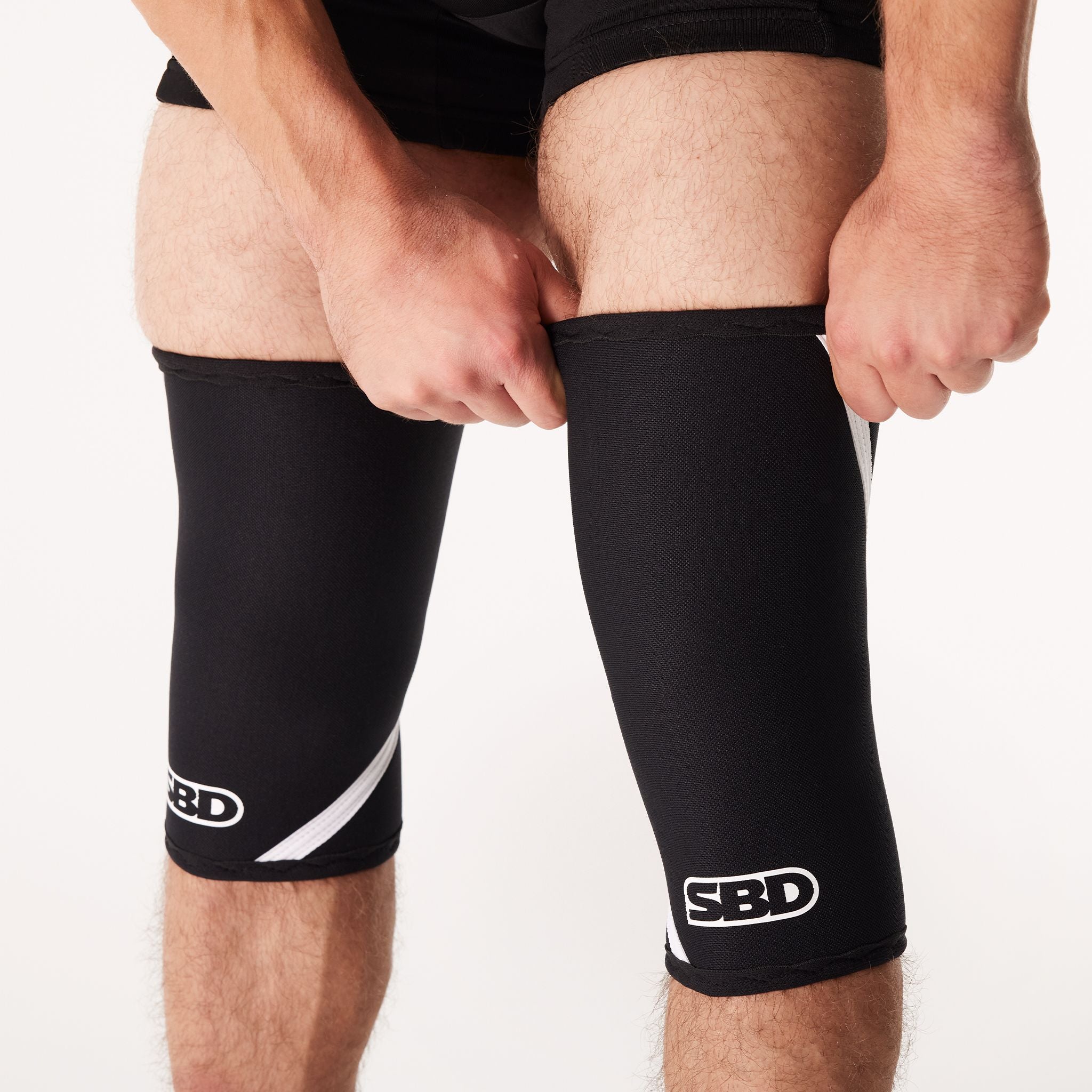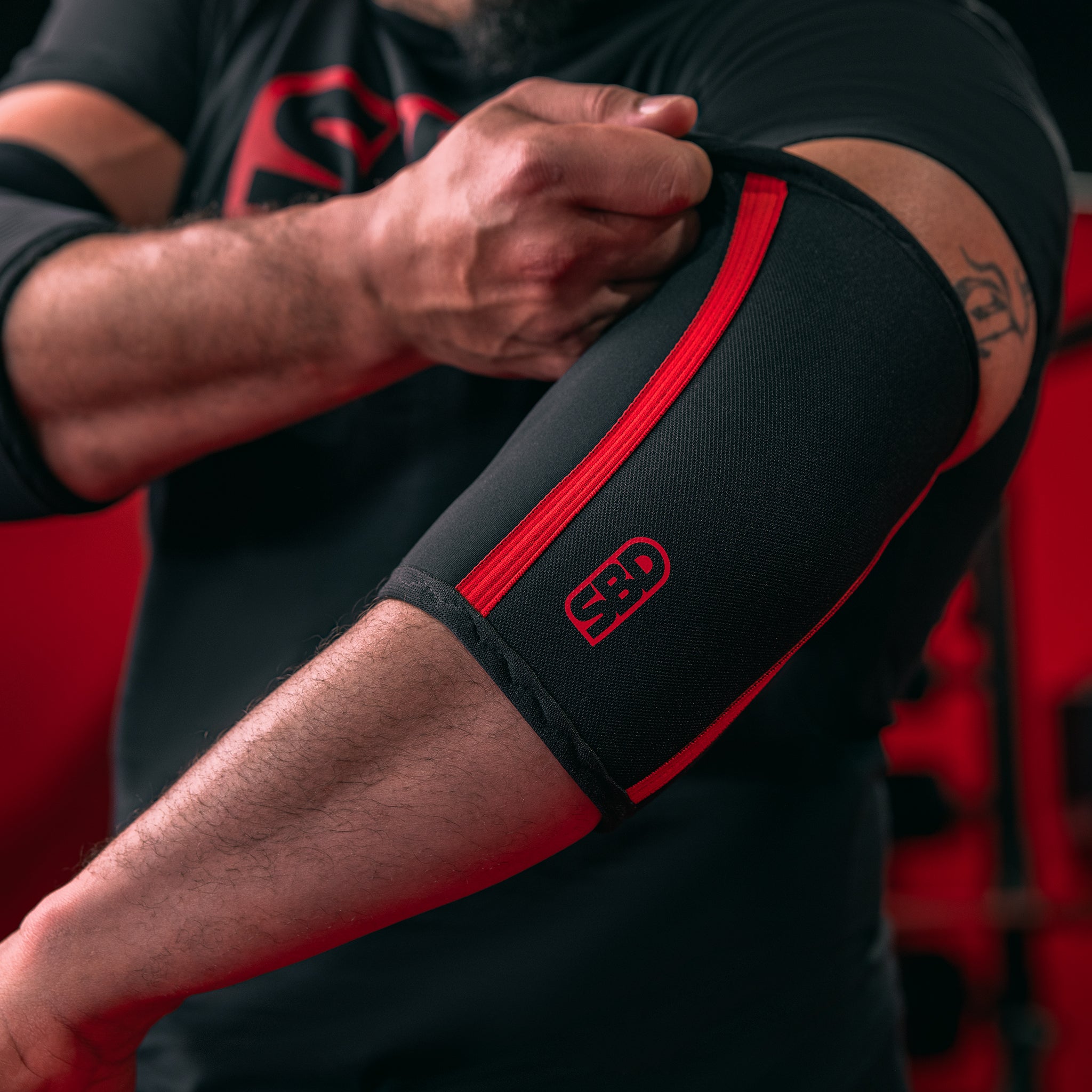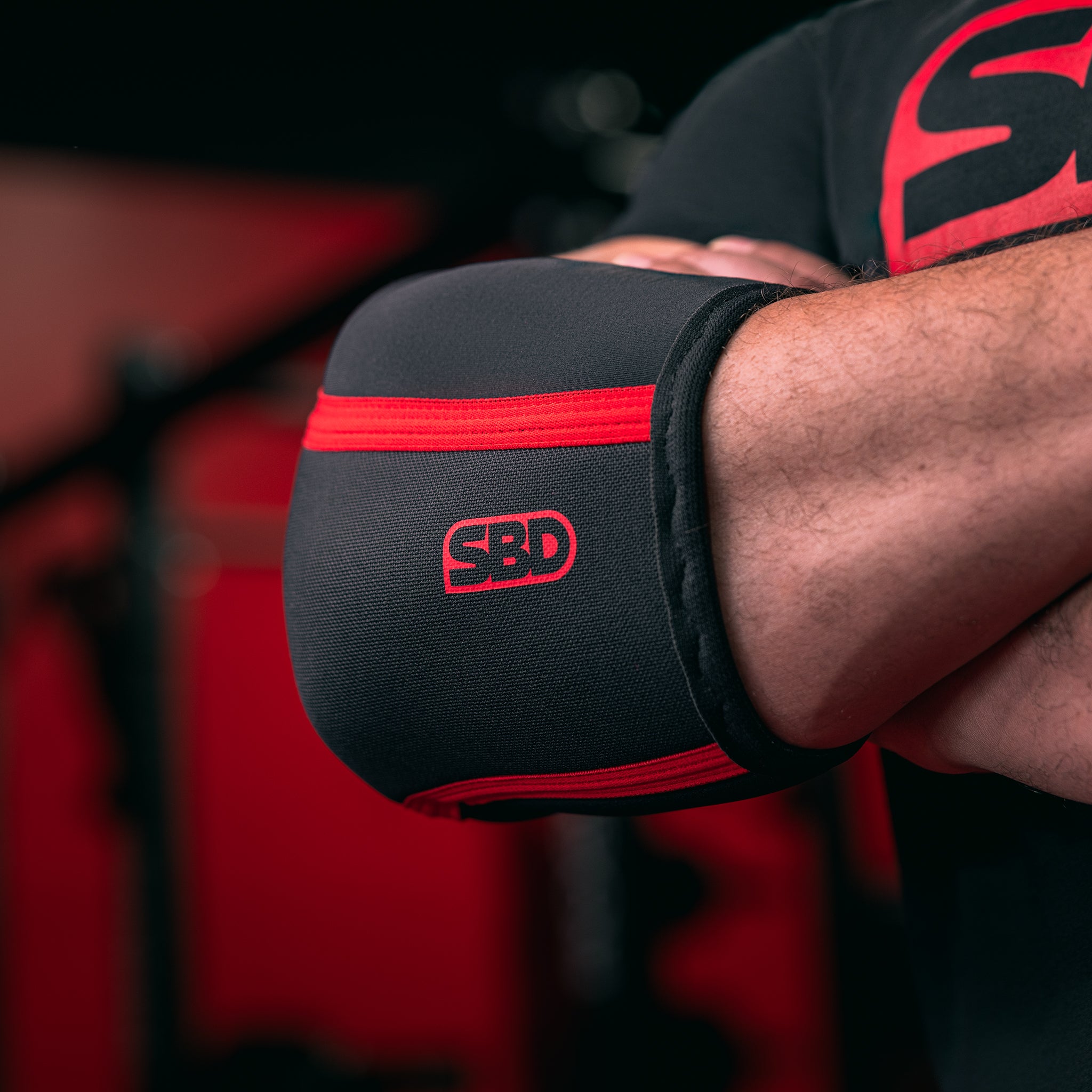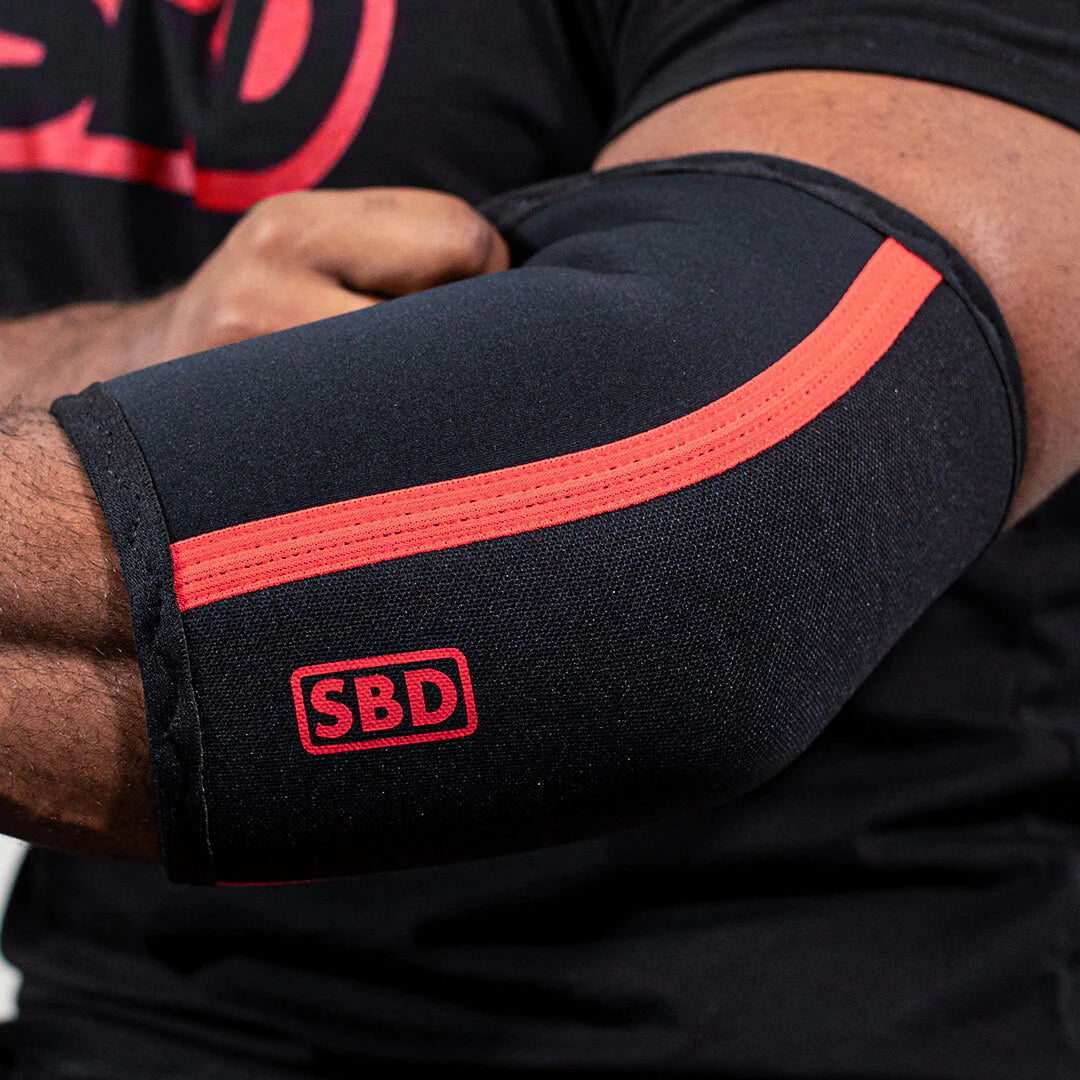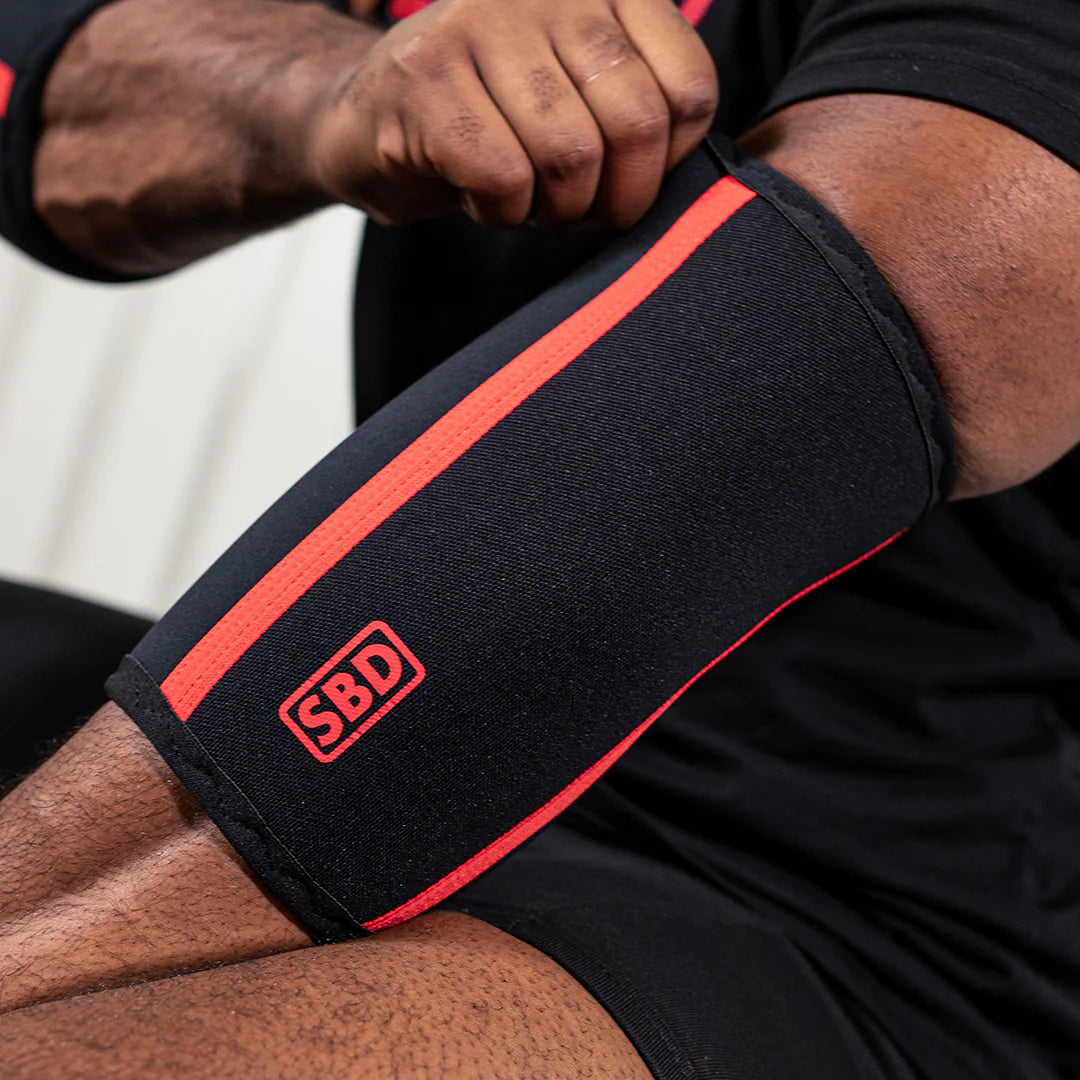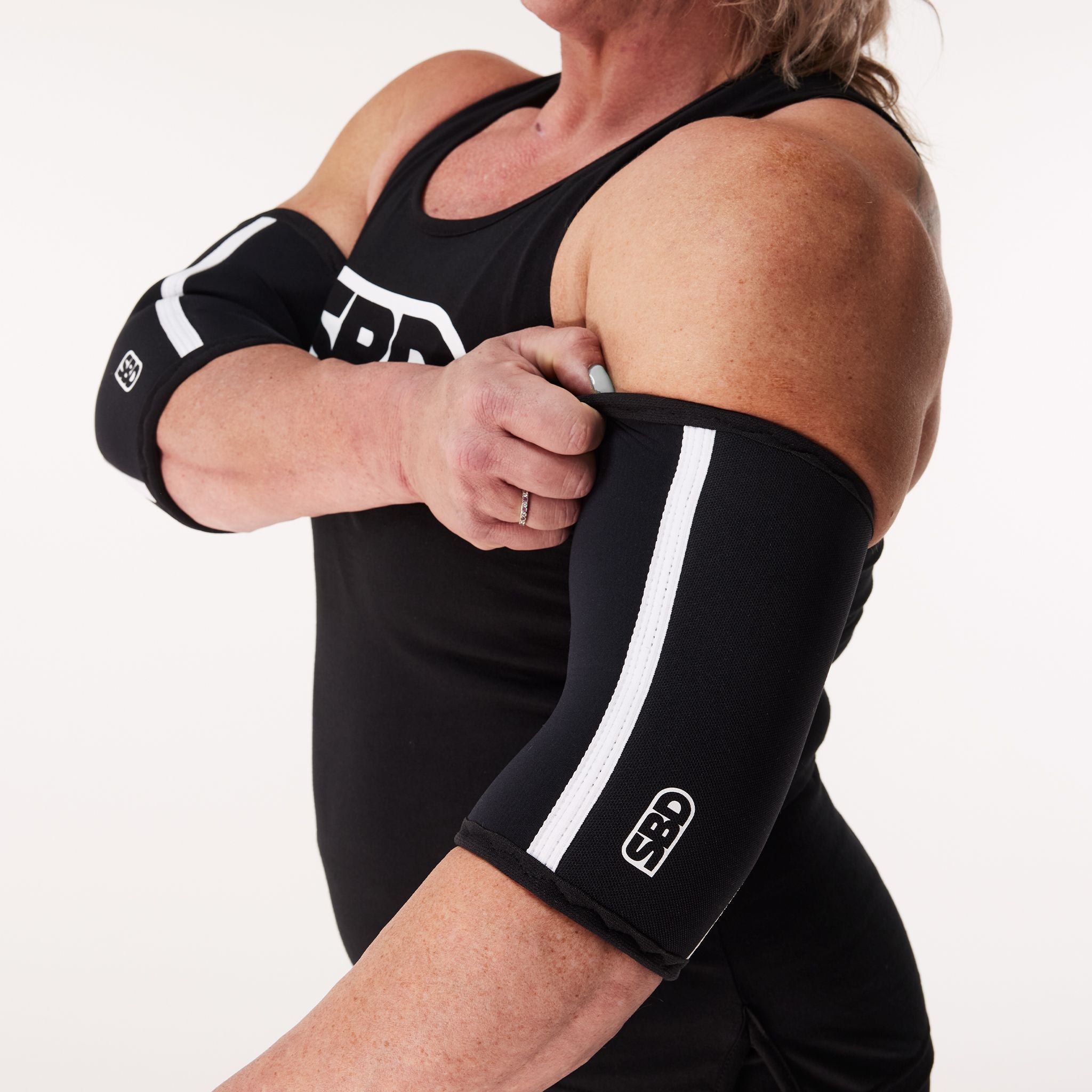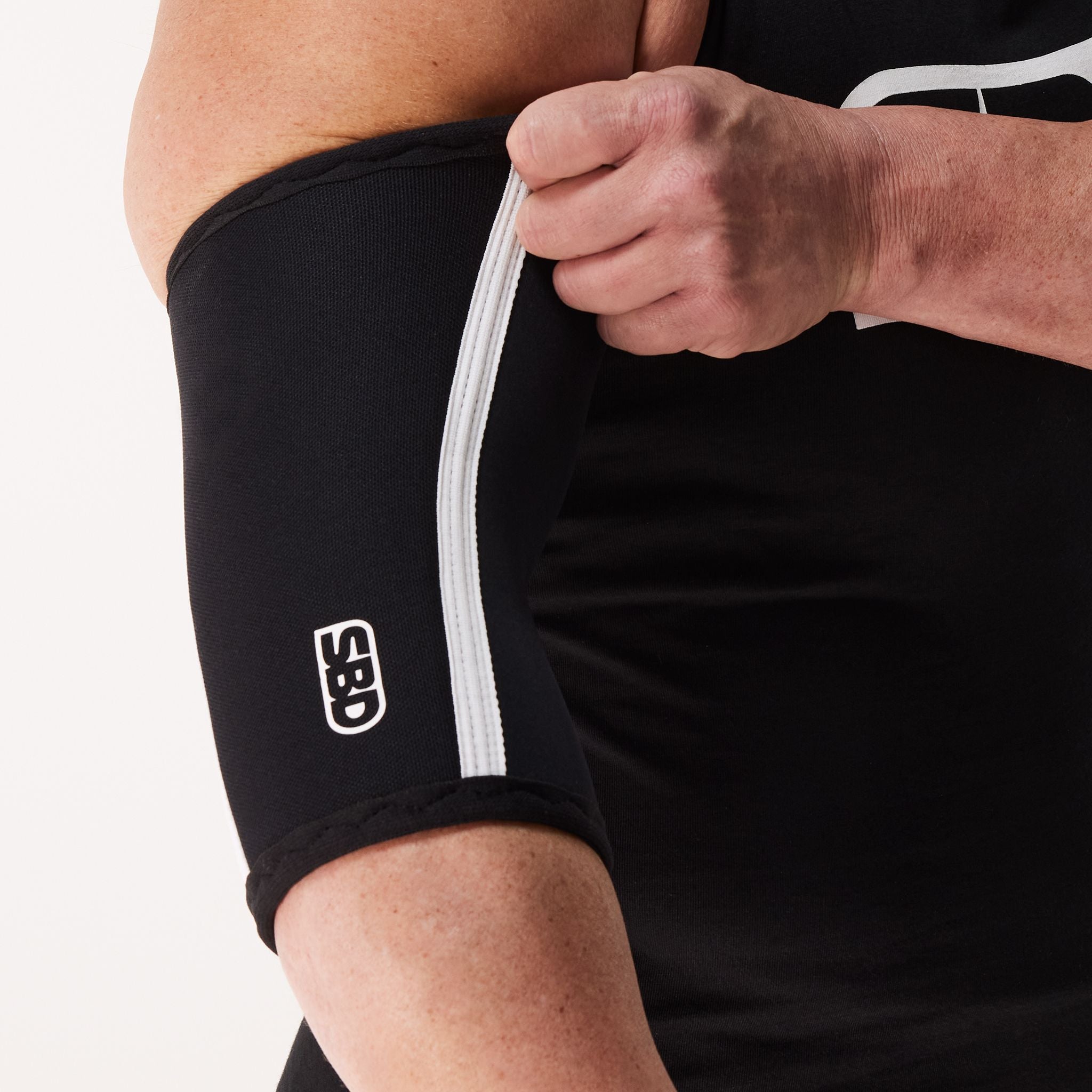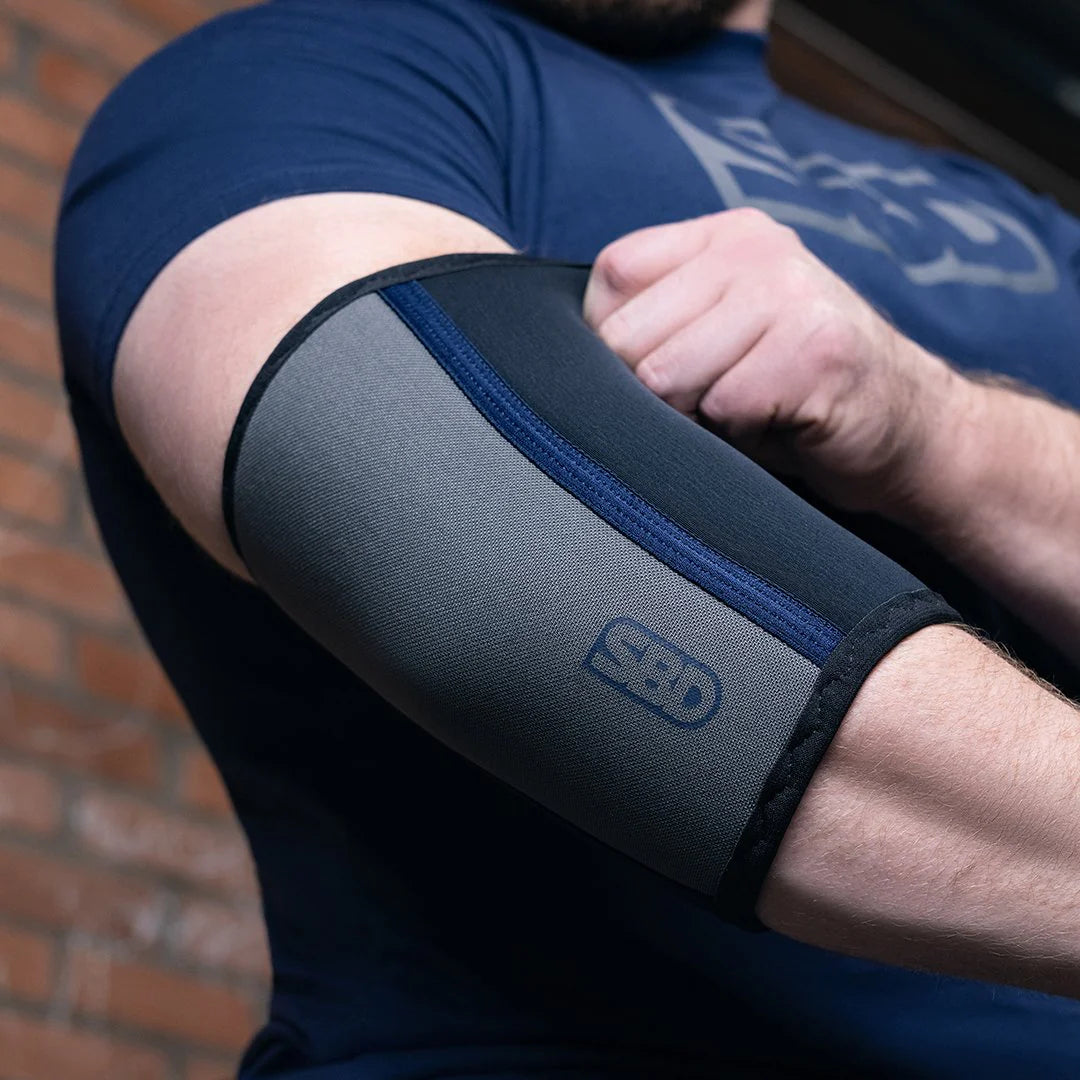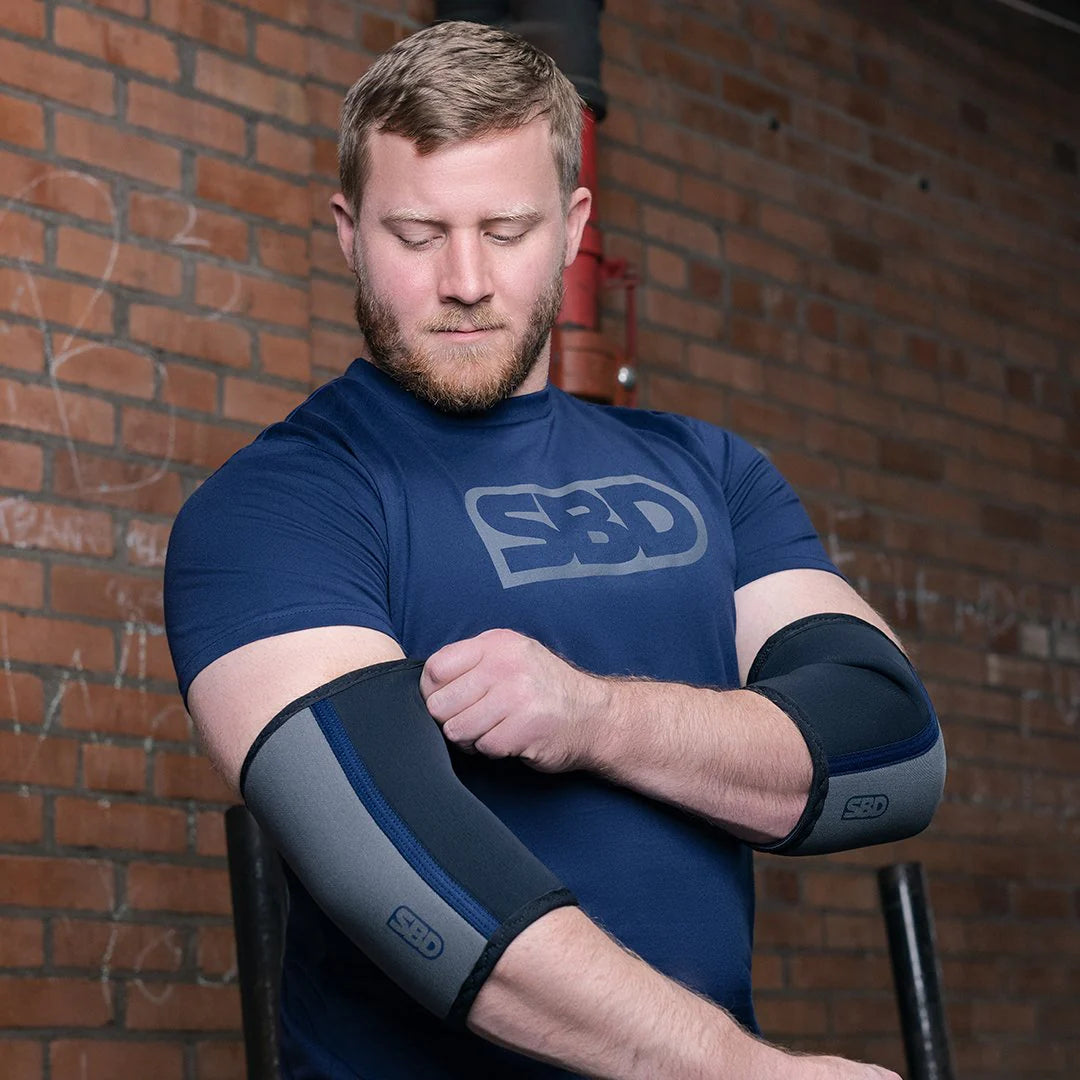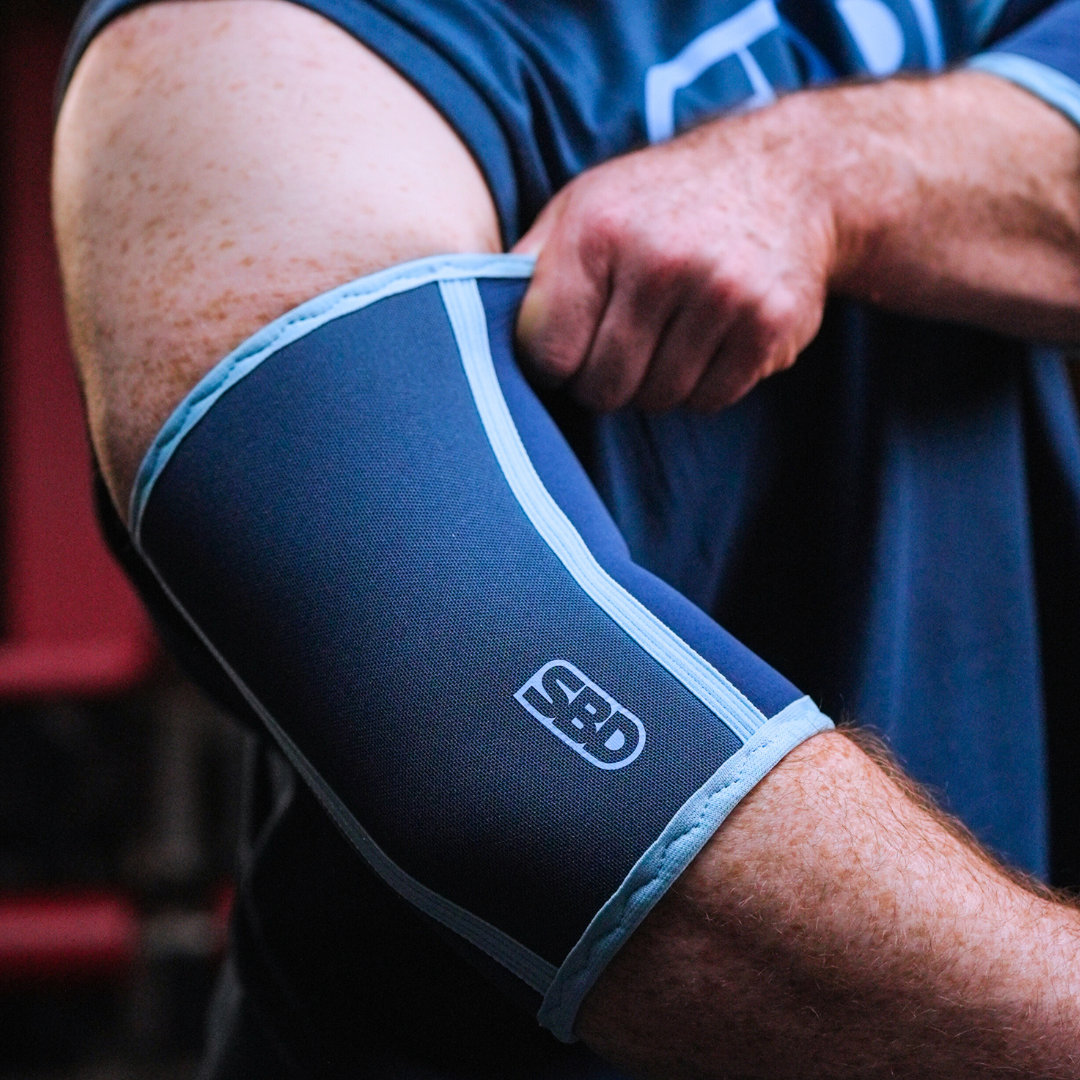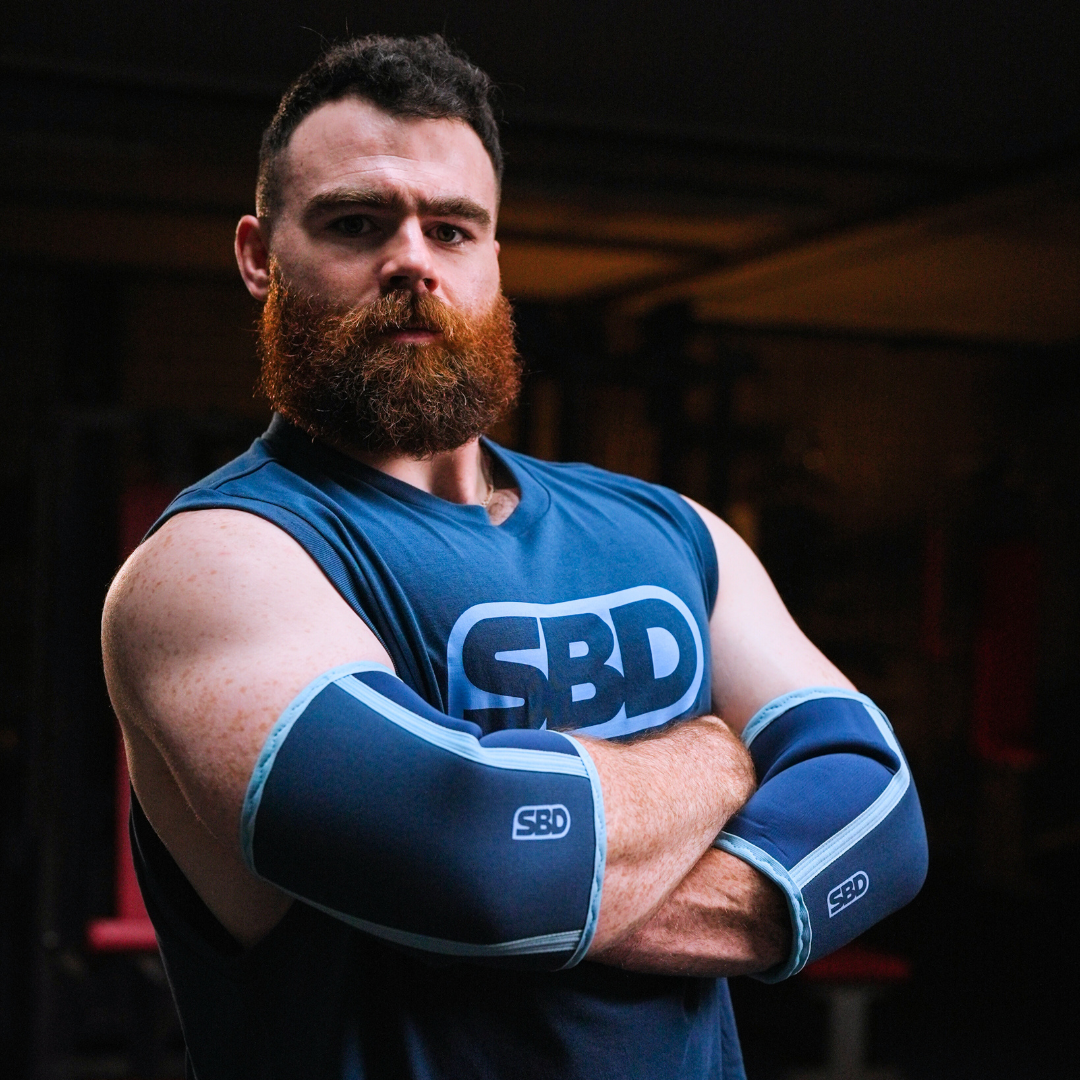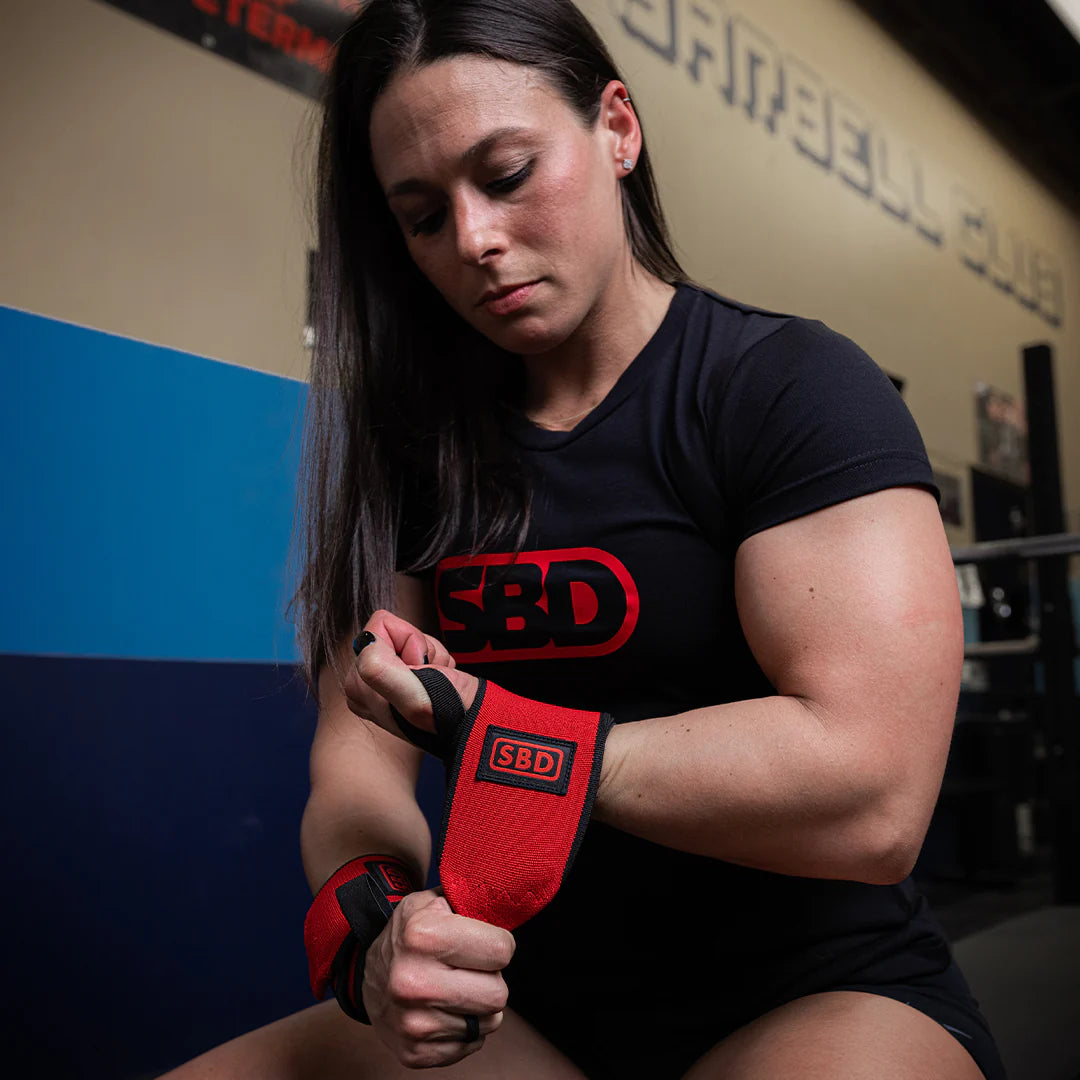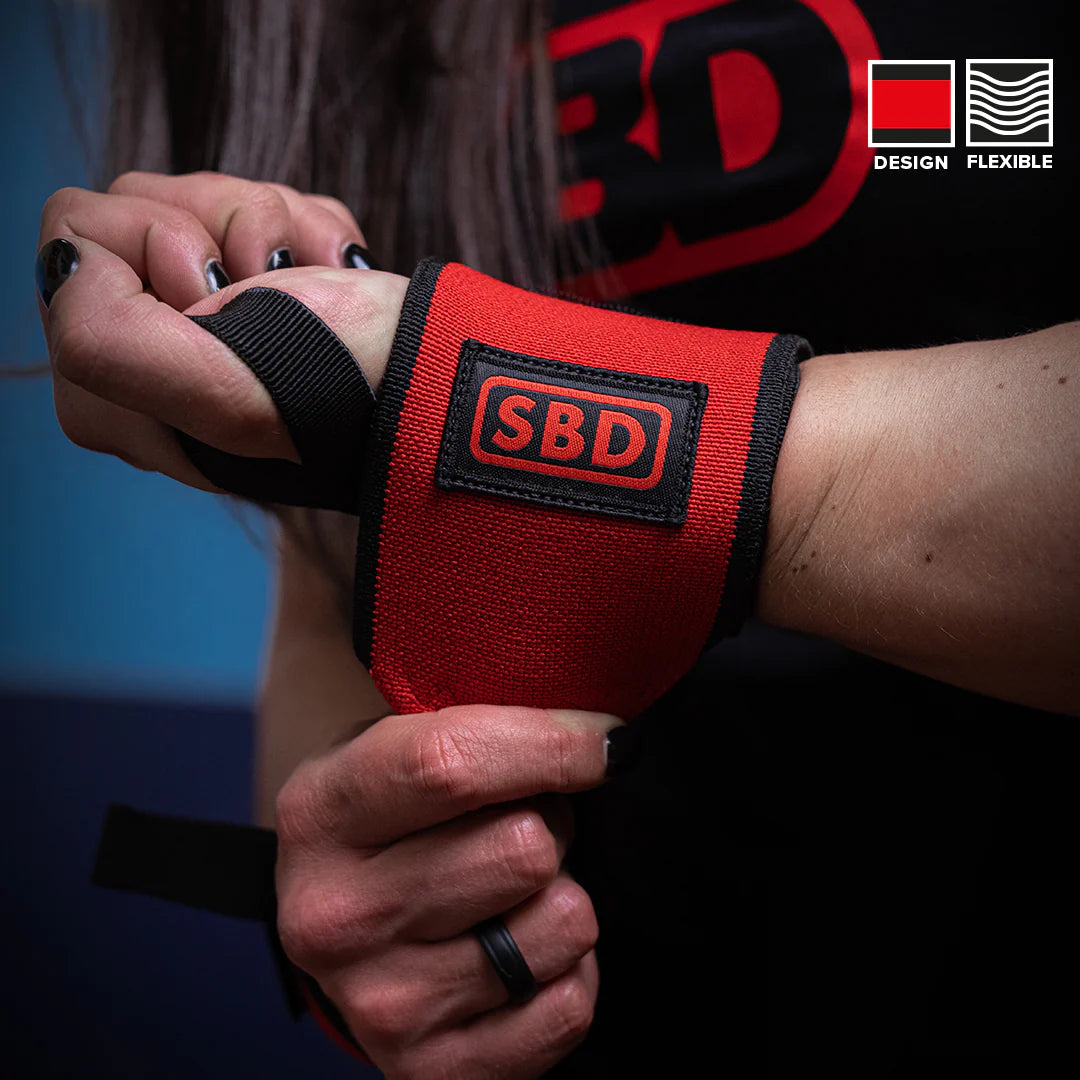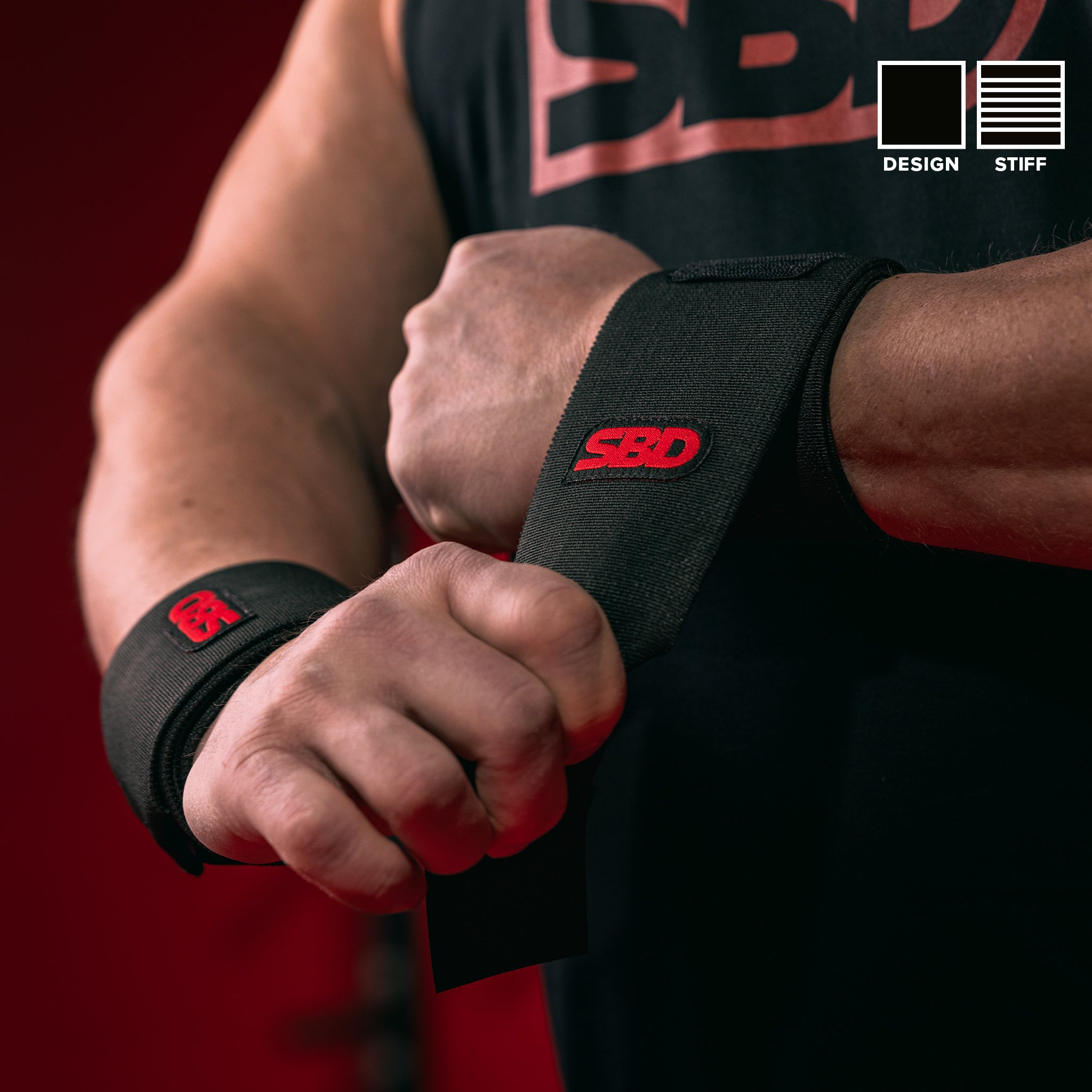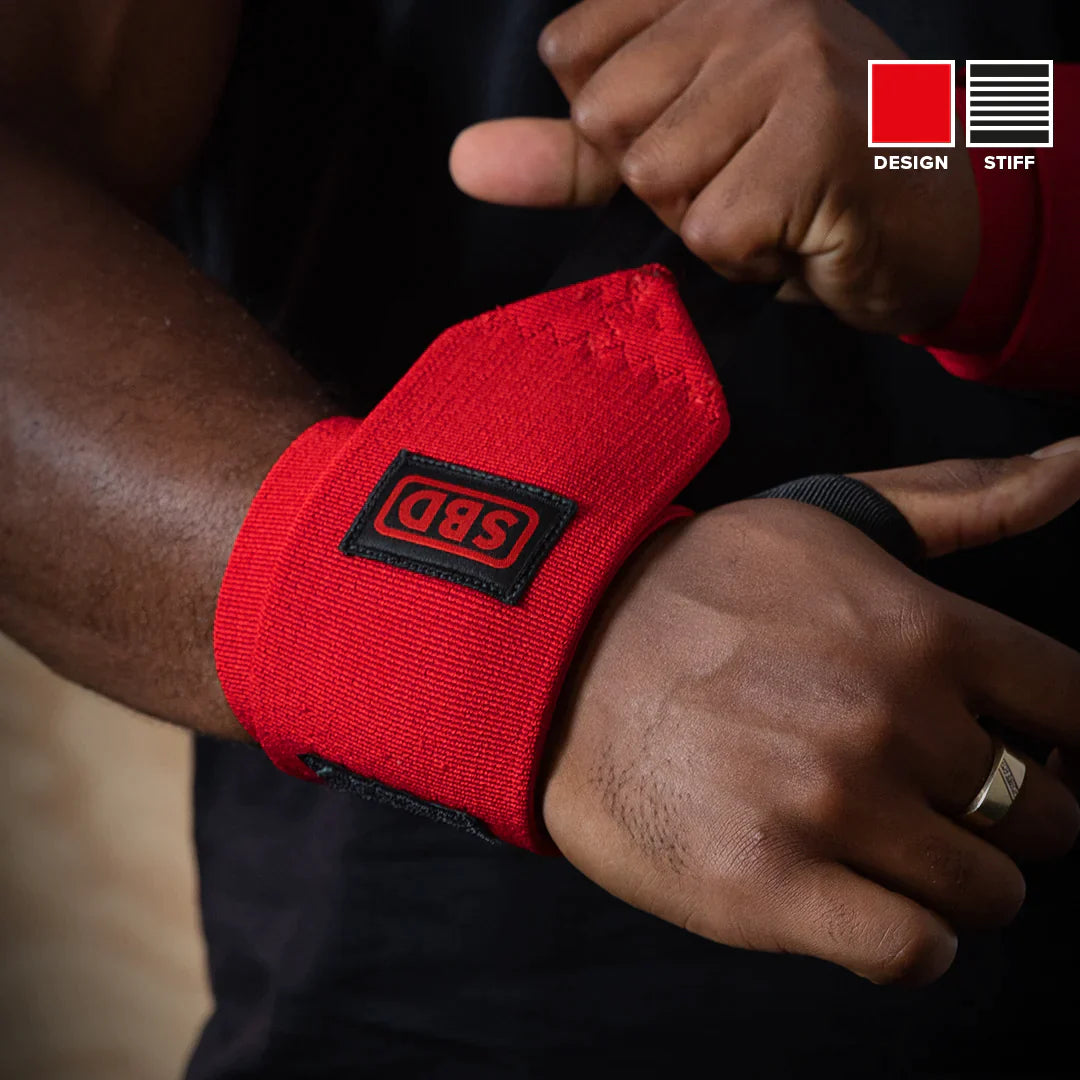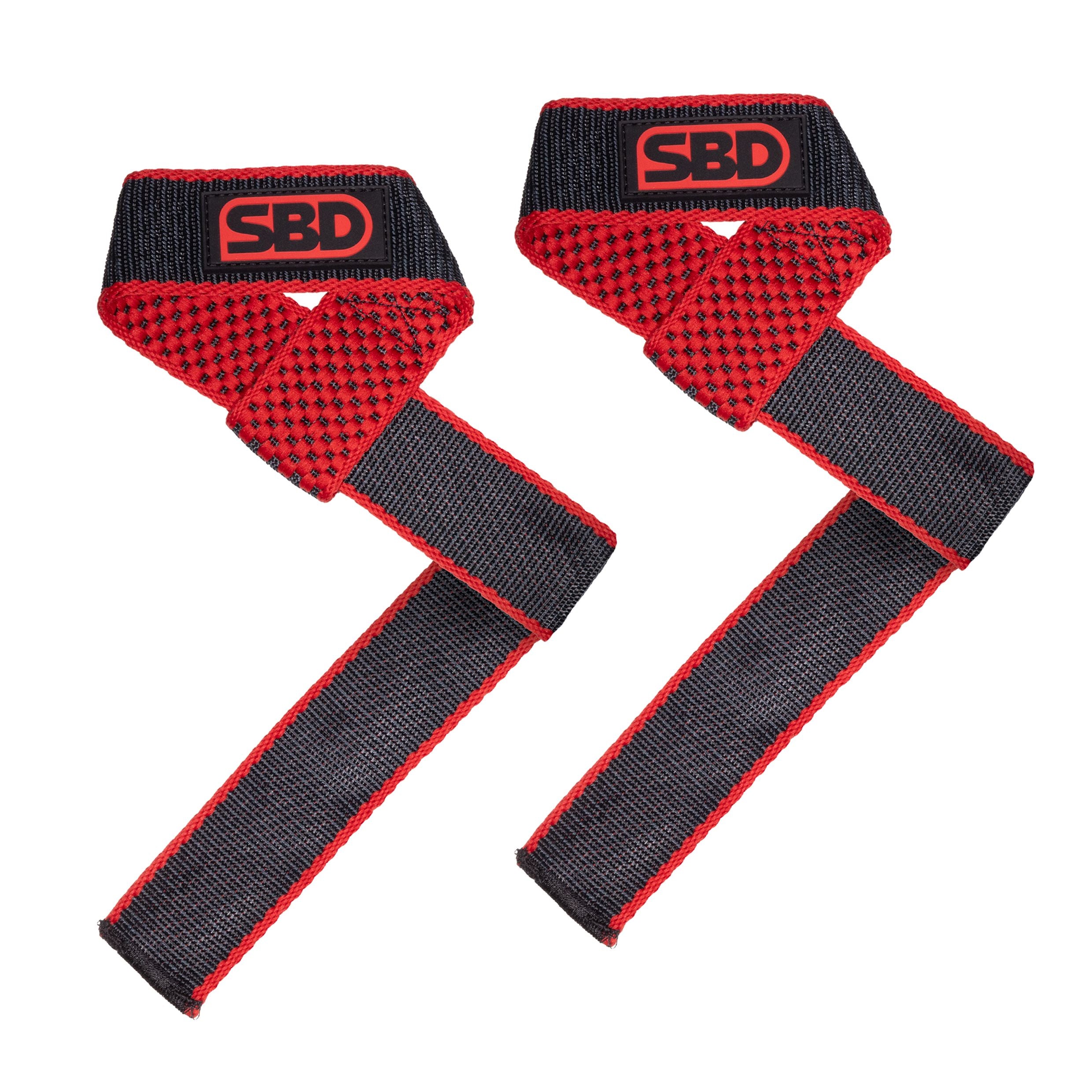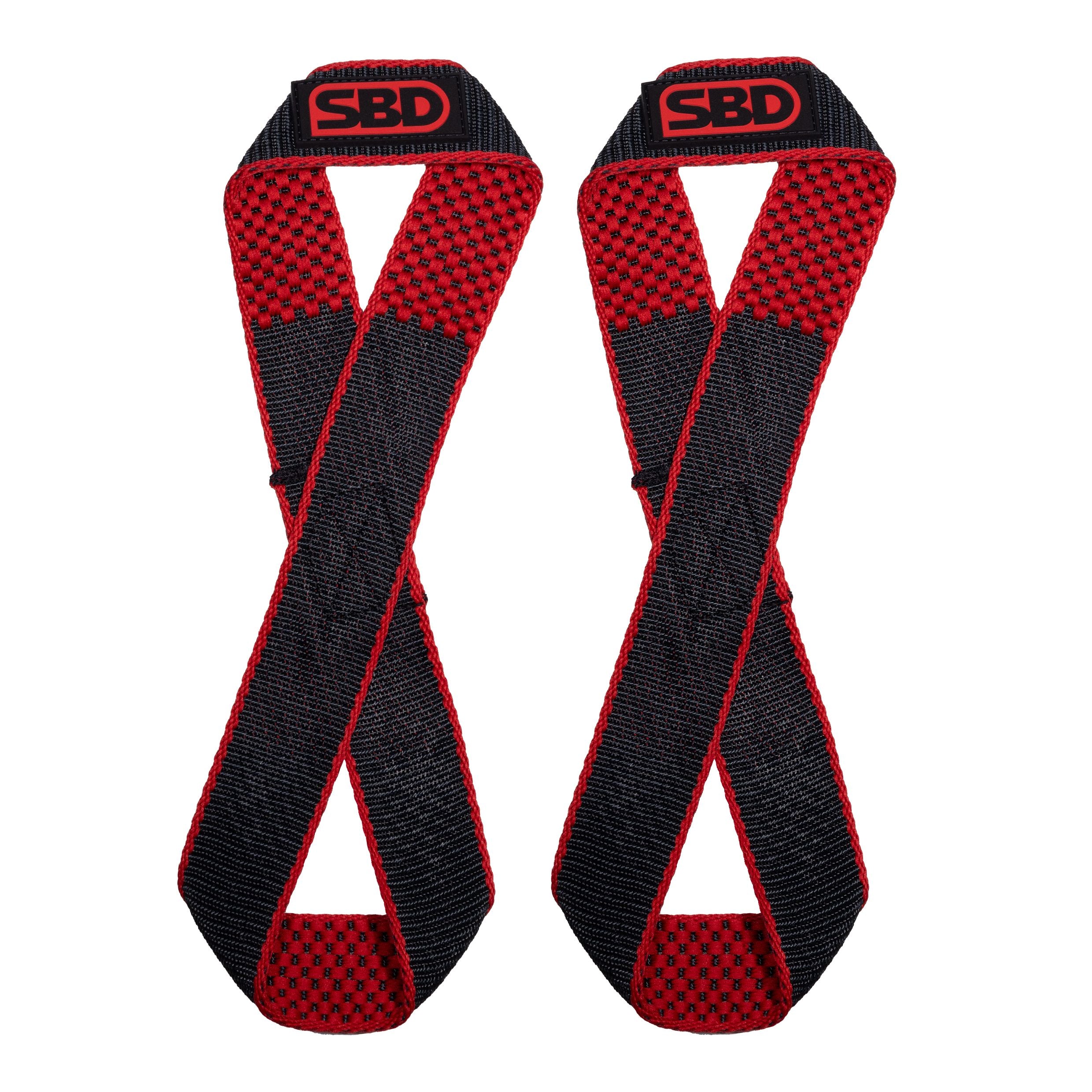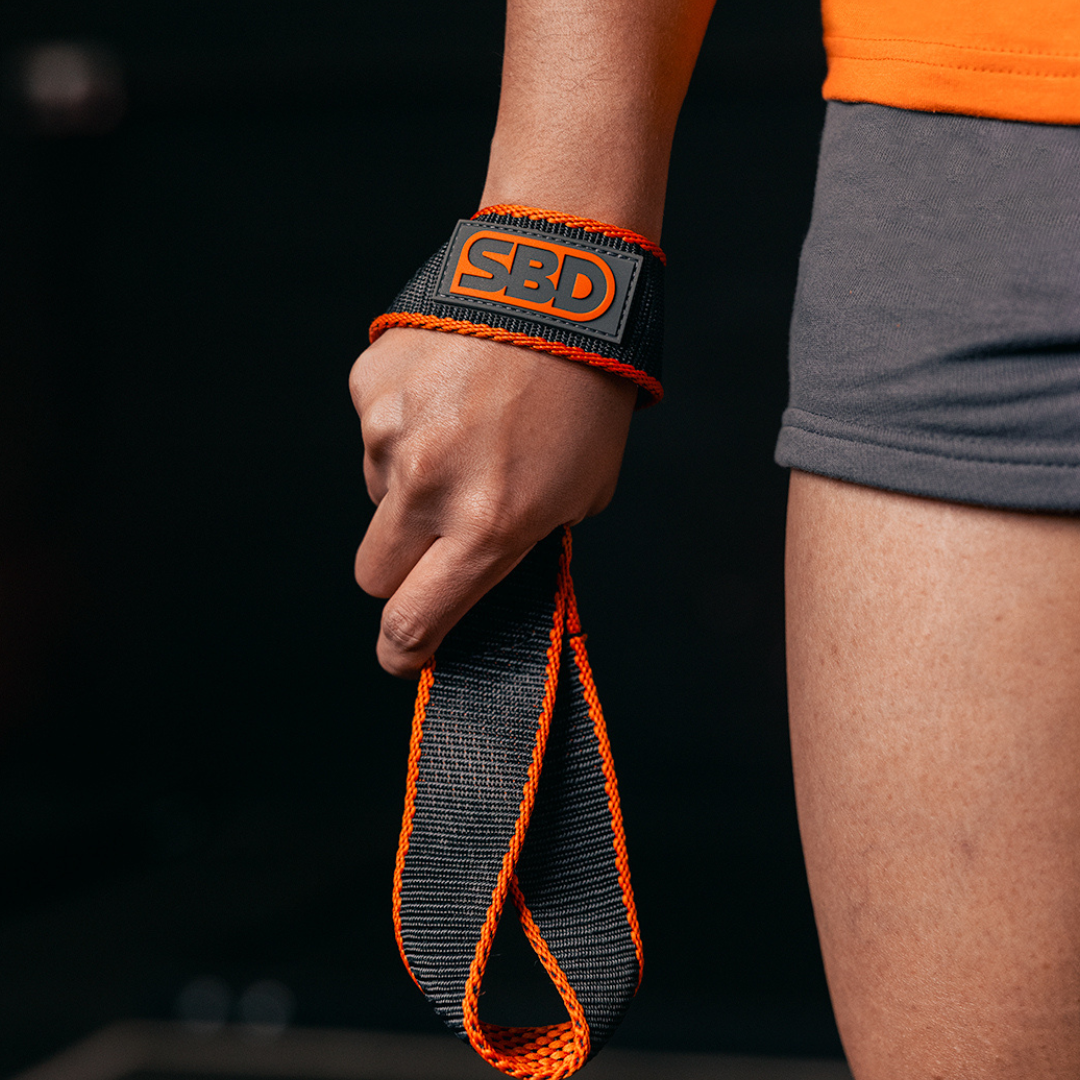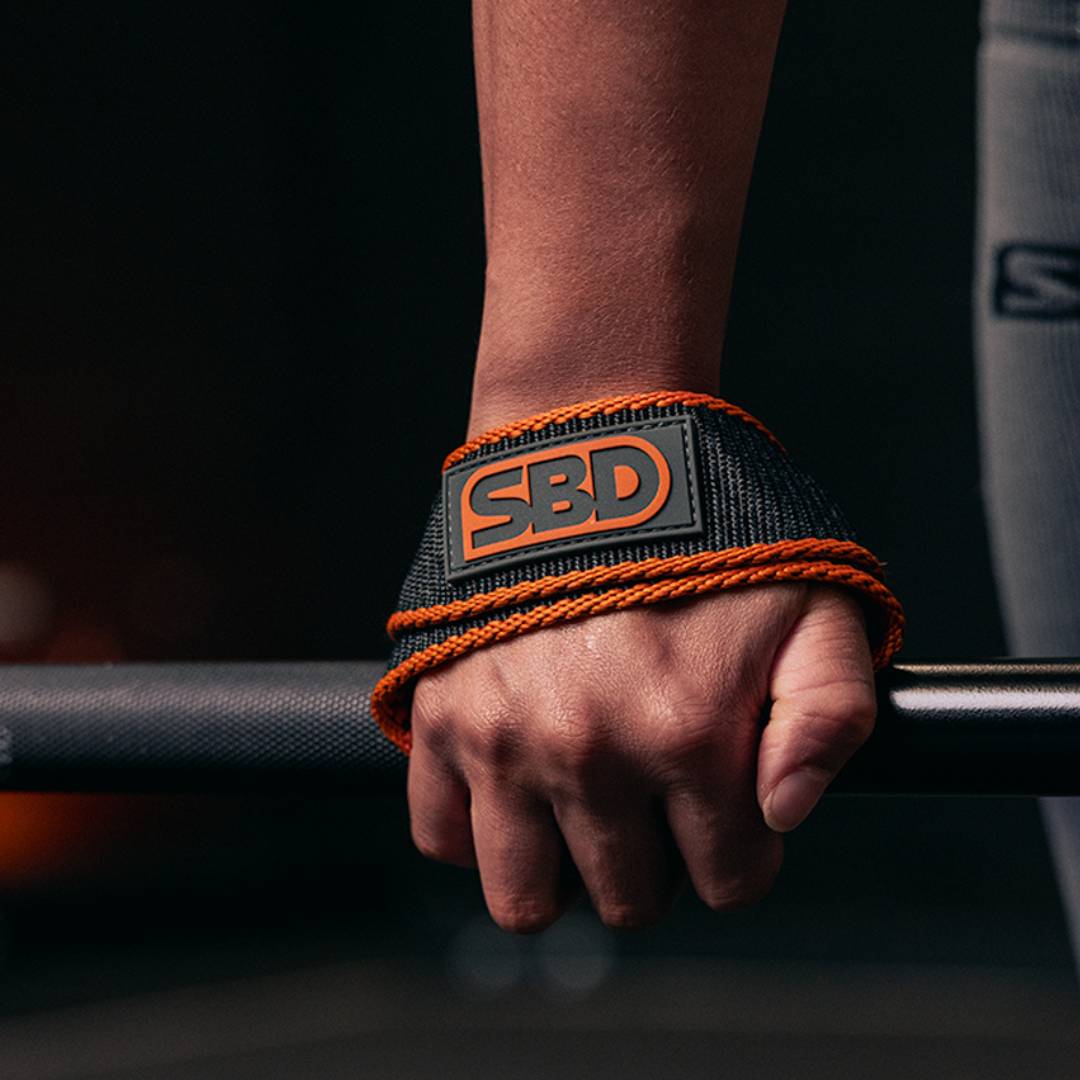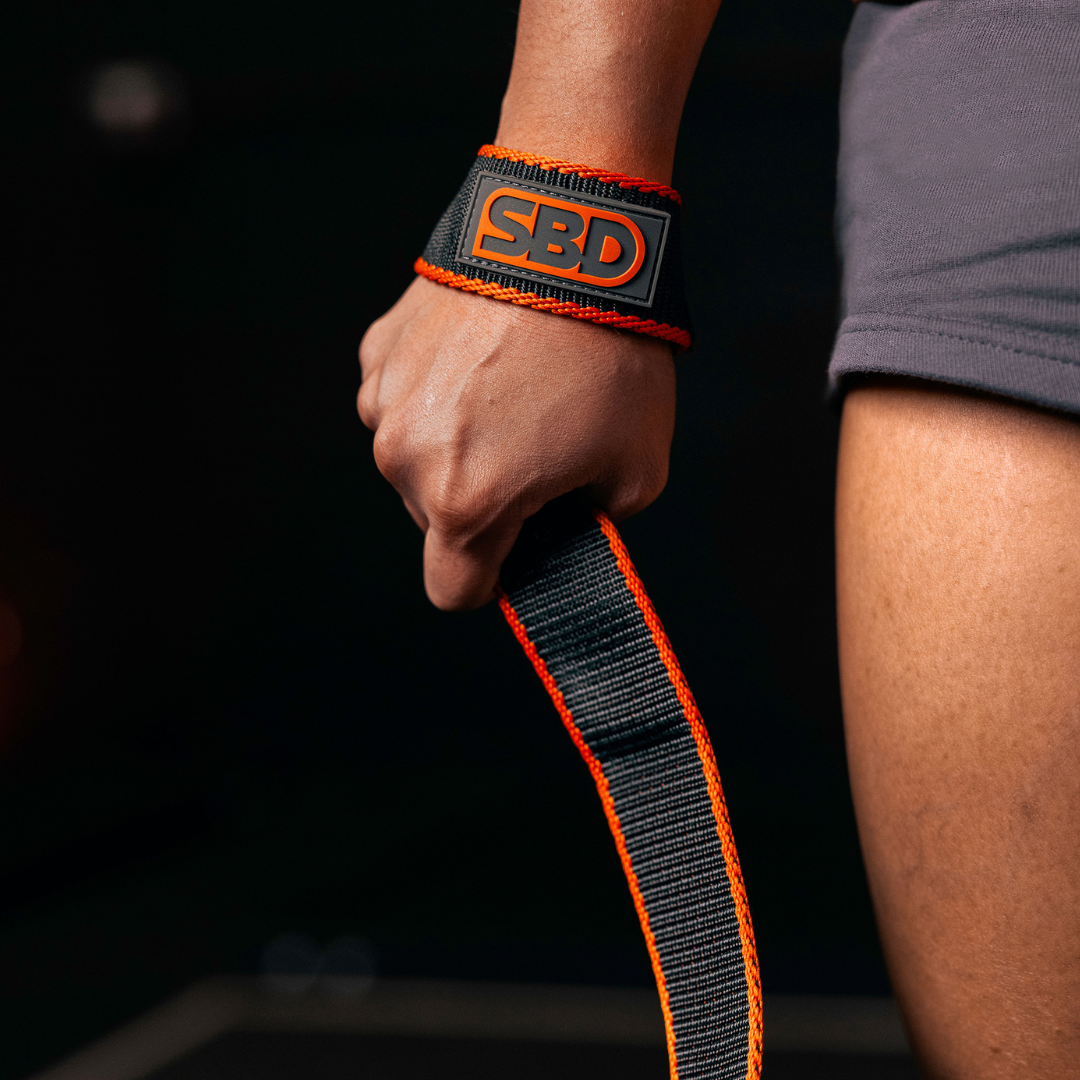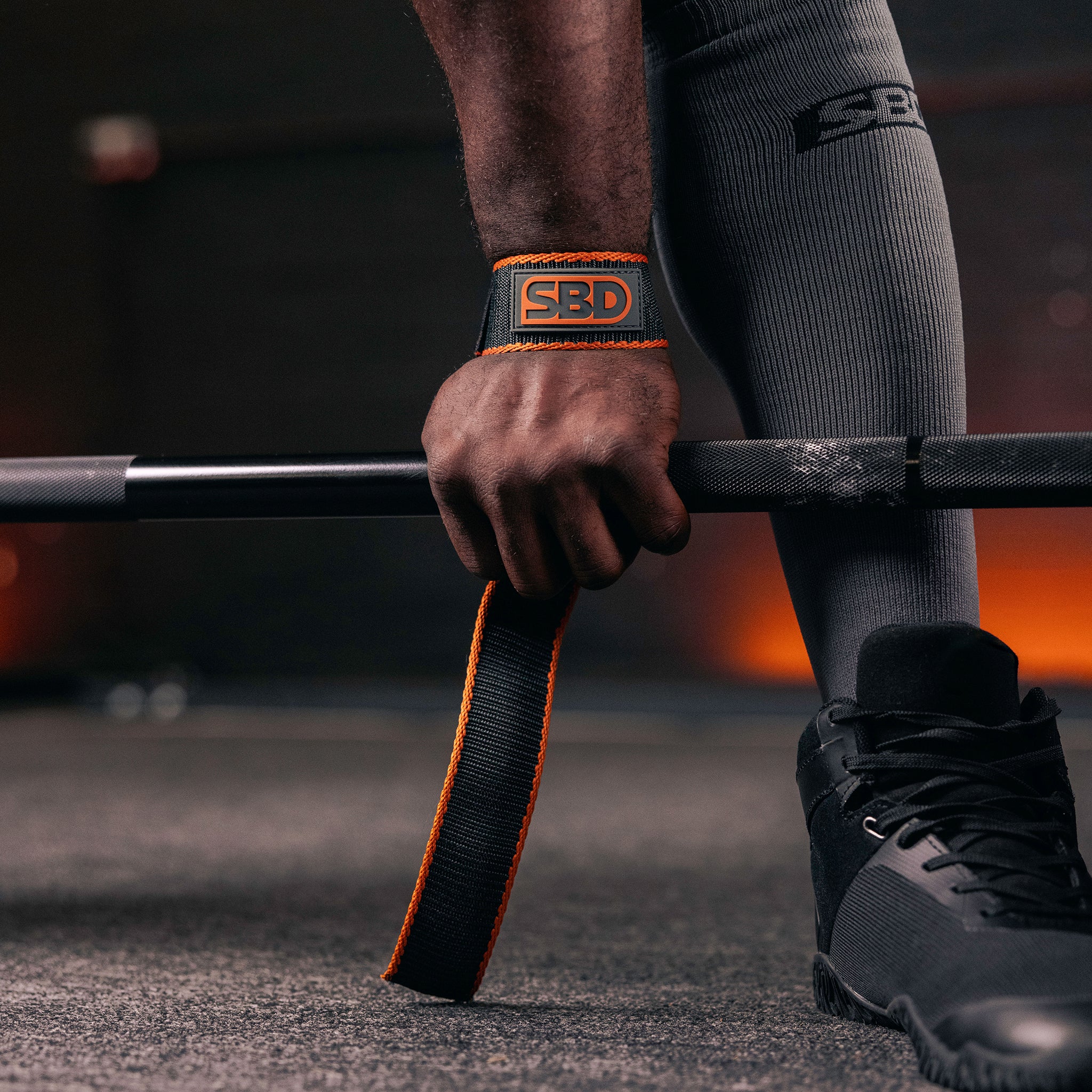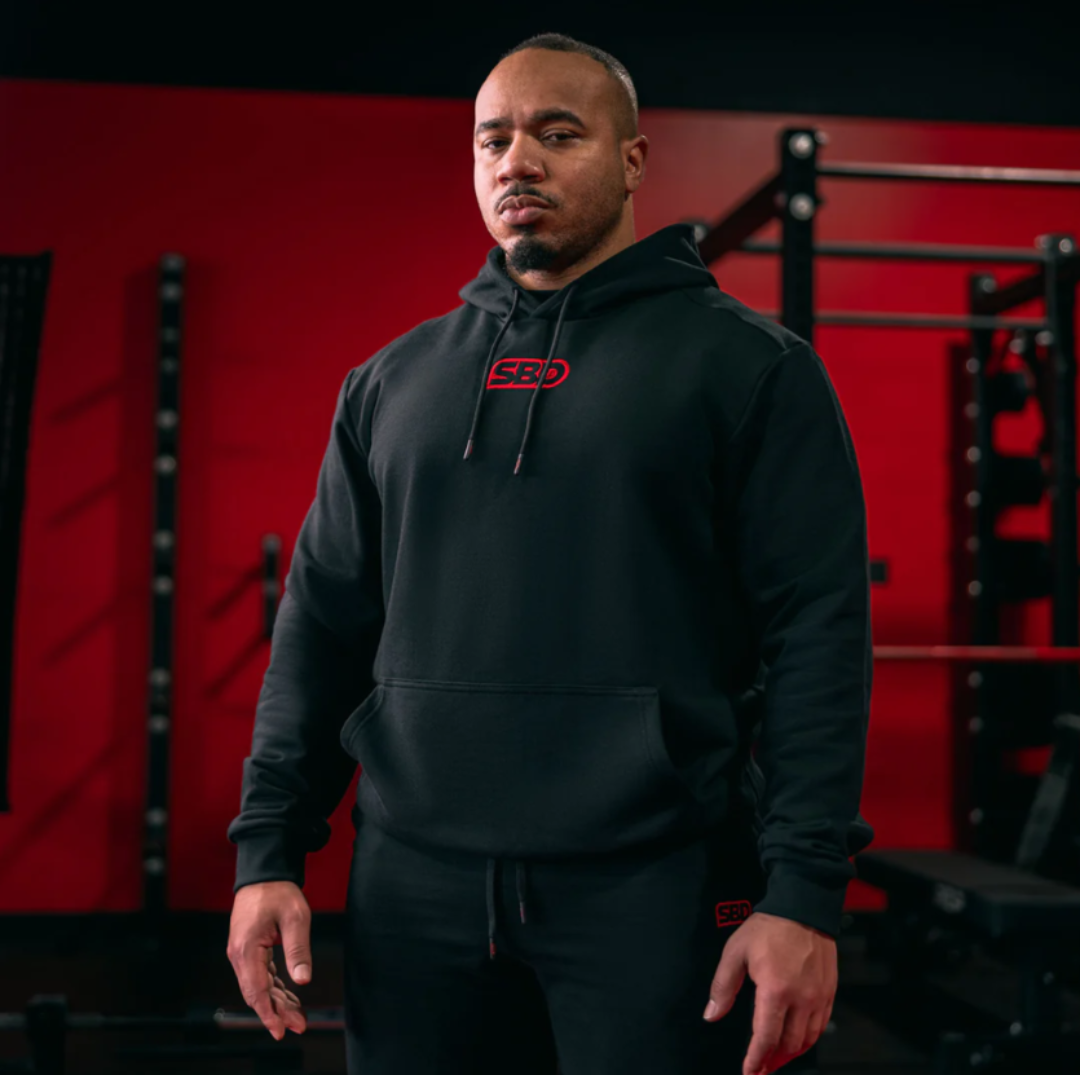Squatting with a barbell is one of the most effective ways to build strength, but it also carries the risk of injury if performed incorrectly. Whether you're a beginner or an experienced lifter, taking steps to injury-proof your squat workouts can help you lift safer and stronger in the long run. This guide will walk you through expert-backed strategies to ensure every squat session is both productive and pain-free.
The Importance of Safe Squatting
Squats are a cornerstone exercise for building lower body strength, athletic performance, and overall resilience. However, improper technique, mobility restrictions, and poor recovery habits can lead to chronic pain, joint stress, and even serious injuries. Implementing the right safety measures allows you to lift heavy while protecting your body from unnecessary wear and tear.
Understanding Squat Injuries
Squatting involves multiple joints, muscles, and stabilisers, making it a movement prone to injury if done incorrectly. The most common squat-related injuries include:
Knee Injuries
- Causes: Excessive knee valgus (caving in), lack of mobility, or improper loading.
- Prevention: Strengthening the quads, hamstrings, and glutes to support knee stability.
Lower Back Strain
- Causes: Poor spinal bracing, excessive forward lean, or weak core engagement.
- Prevention: Proper bracing techniques, maintaining a neutral spine, and strengthening core muscles.
Hip Impingements
- Causes: Incorrect squat depth, hip mobility restrictions, or anatomical limitations.
- Prevention: Hip mobility drills and modifying stance width based on individual mechanics.
Mastering Squat Form for Injury Prevention
Perfecting your squat technique is the foundation of staying injury-free. Focus on:
- Choosing the Right Squat Style – Decide between high-bar vs low-bar squats based on your biomechanics.
- Proper Foot Placement – A stance shoulder-width apart or slightly wider helps distribute weight evenly.
- Core Bracing & Stability – Engage your core before descending to protect your spine from excessive strain.
Essential Warm-Up & Mobility Drills
A proper warm-up prepares muscles, lubricates joints, and enhances mobility before squatting.
Pre-Squat Activation Drills
- Glute Bridges – Strengthens glutes to support hip stability.
- Banded Side Steps – Fires up abductors to prevent knee valgus.
Mobility Work for Safer Squats
- Ankle Mobility Drills – Essential for achieving full squat depth.
- Hip Openers – Helps maintain a neutral pelvic position during squats.
Strengthening Weak Links to Prevent Injury
Targeting weaknesses ensures a balanced and resilient squat.
Strengthening the Posterior Chain
- Romanian Deadlifts & Good Mornings – Reinforce hamstrings and lower back stability.
Knee Stability & Strength
- Step-ups and Bulgarian Split Squats – Enhance unilateral leg strength to prevent imbalances.
The Role of Recovery & Rest in Injury Prevention
Recovery is as crucial as training for injury prevention.
Managing Fatigue & Overtraining
- Watch for early signs of overuse injuries like joint stiffness or prolonged soreness.
- Implement de-load weeks when needed.
Stretching & Myofascial Release
- Foam rolling quads and IT bands to relieve tension.
- Dynamic stretching before workouts to maintain movement quality.
Choosing the Right Gear for Squat Safety
The right equipment enhances squat stability and safety.
Knee Sleeves, Belts & Shoes
- Weightlifting shoes improve ankle dorsiflexion.
- Knee sleeves provide joint support and warmth.
Squat Racks & Spotters
- Always use safety pins in the squat rack to catch failed lifts.
- Have a trained spotter when attempting maximal lifts.
Programming Squats for Longevity
A well-balanced squat program minimises injury risk while optimising gains.
Volume, Intensity & Frequency
- Avoid excessive weekly volume to prevent cumulative fatigue.
When to Deload or Modify
- Modify load if joint pain persists or form begins to break down.
Common Squat Mistakes & How to Fix Them
Rounding the Back
- Fix: Strengthen core and posterior chain for better posture.
Knee Cave
- Fix: Perform glute-focused exercises to reinforce external rotation.
FAQs on Squat Injury Prevention
1. How do I know if my squat form is correct?
Check for neutral spine, even weight distribution, and proper knee tracking.
2. Should I squat if I have knee pain?
Reduce weight, improve mobility, and avoid deep flexion until pain subsides.
3. What’s the best way to warm up before squats?
Use a mix of dynamic stretching, activation drills, and light sets.
4. How often should I squat?
Depends on goals, but 2-3 times per week is ideal for most lifters.
5. Is it normal for my hips to hurt after squatting?
No, check your stance width and depth for anatomical compatibility.
6. Should I wear a lifting belt?
A belt can help brace the core, but it’s not a substitute for proper technique.
Conclusion
By focusing on proper form, mobility, and strength training, you can injury-proof your squat workouts and continue progressing safely.




